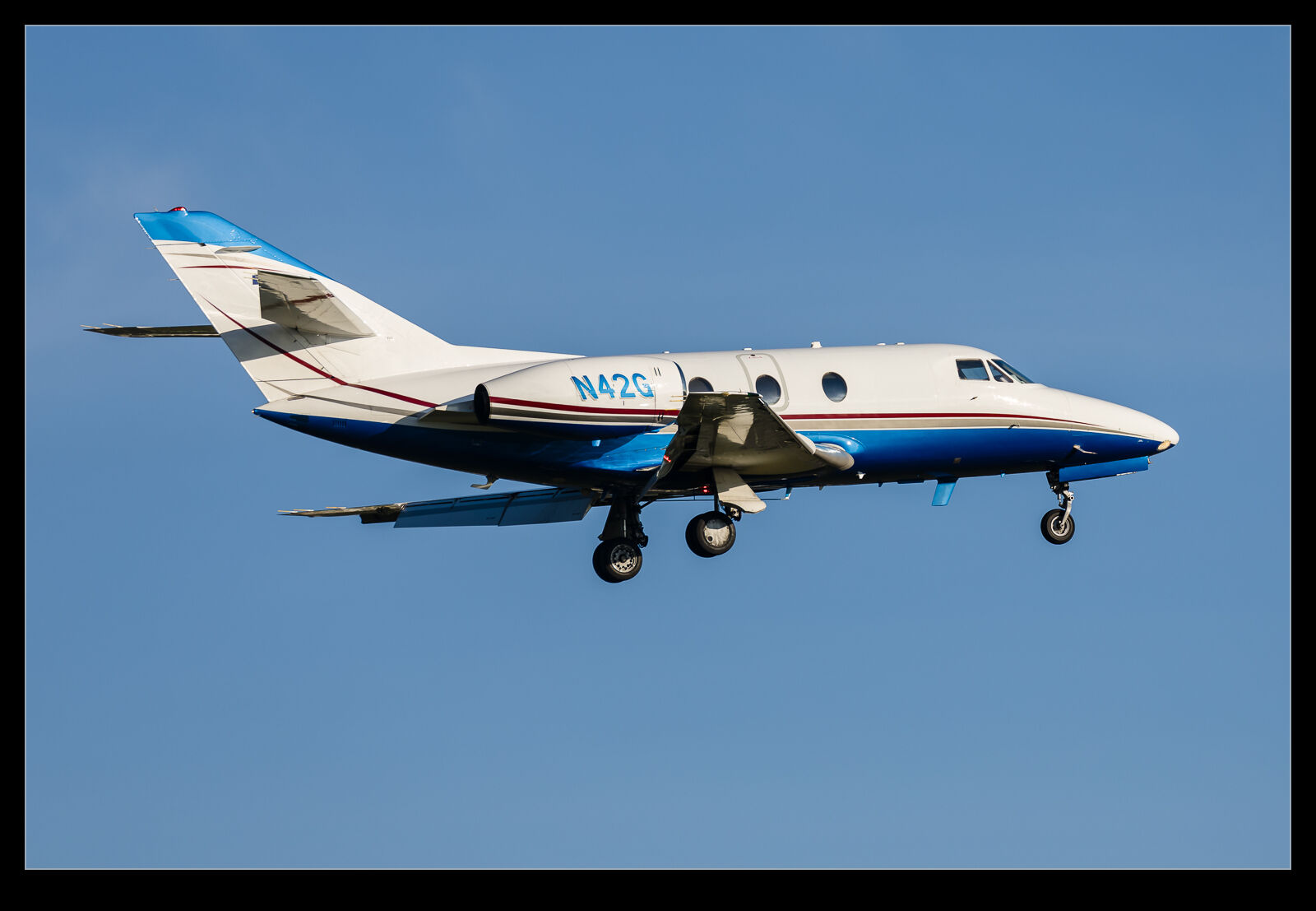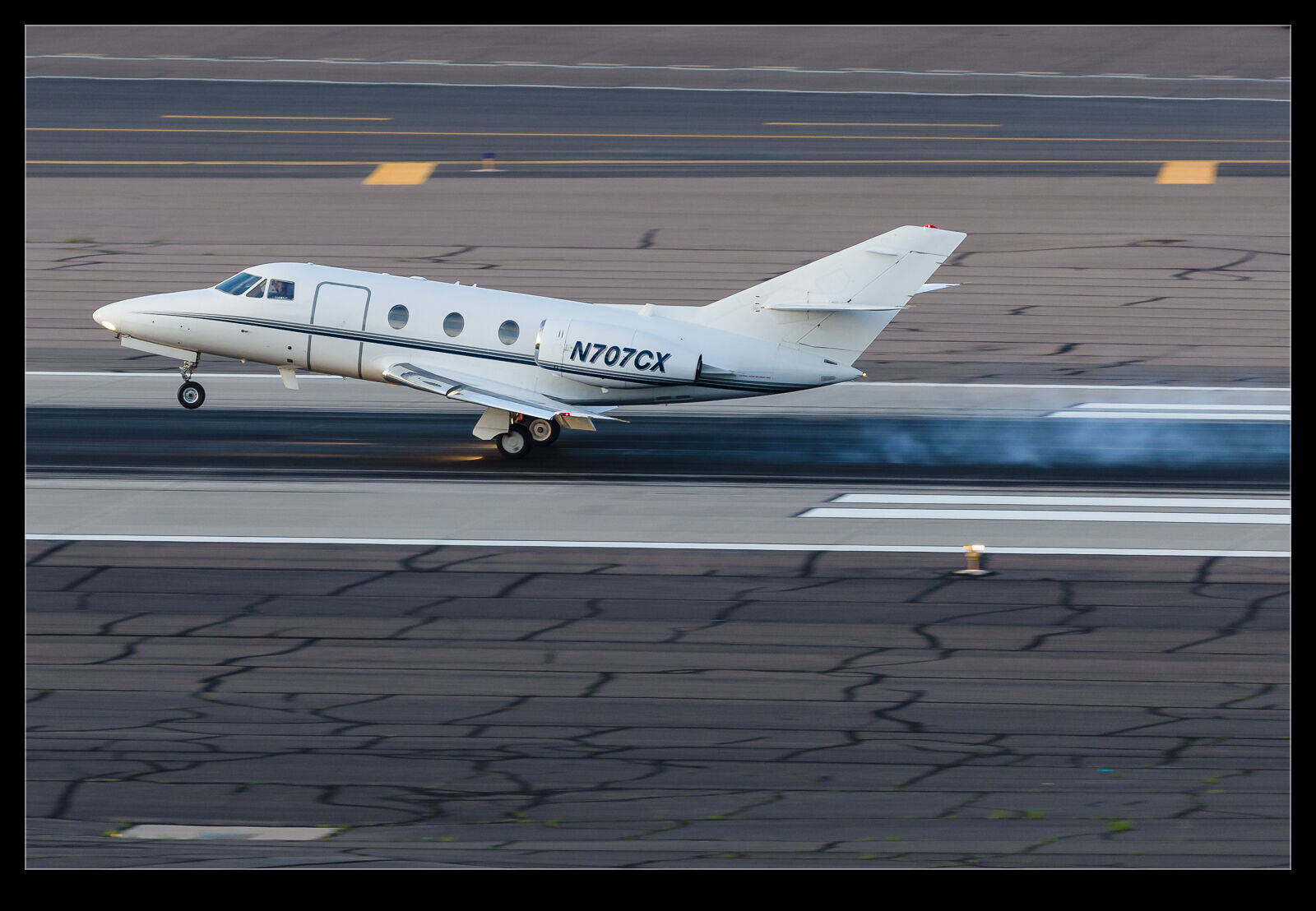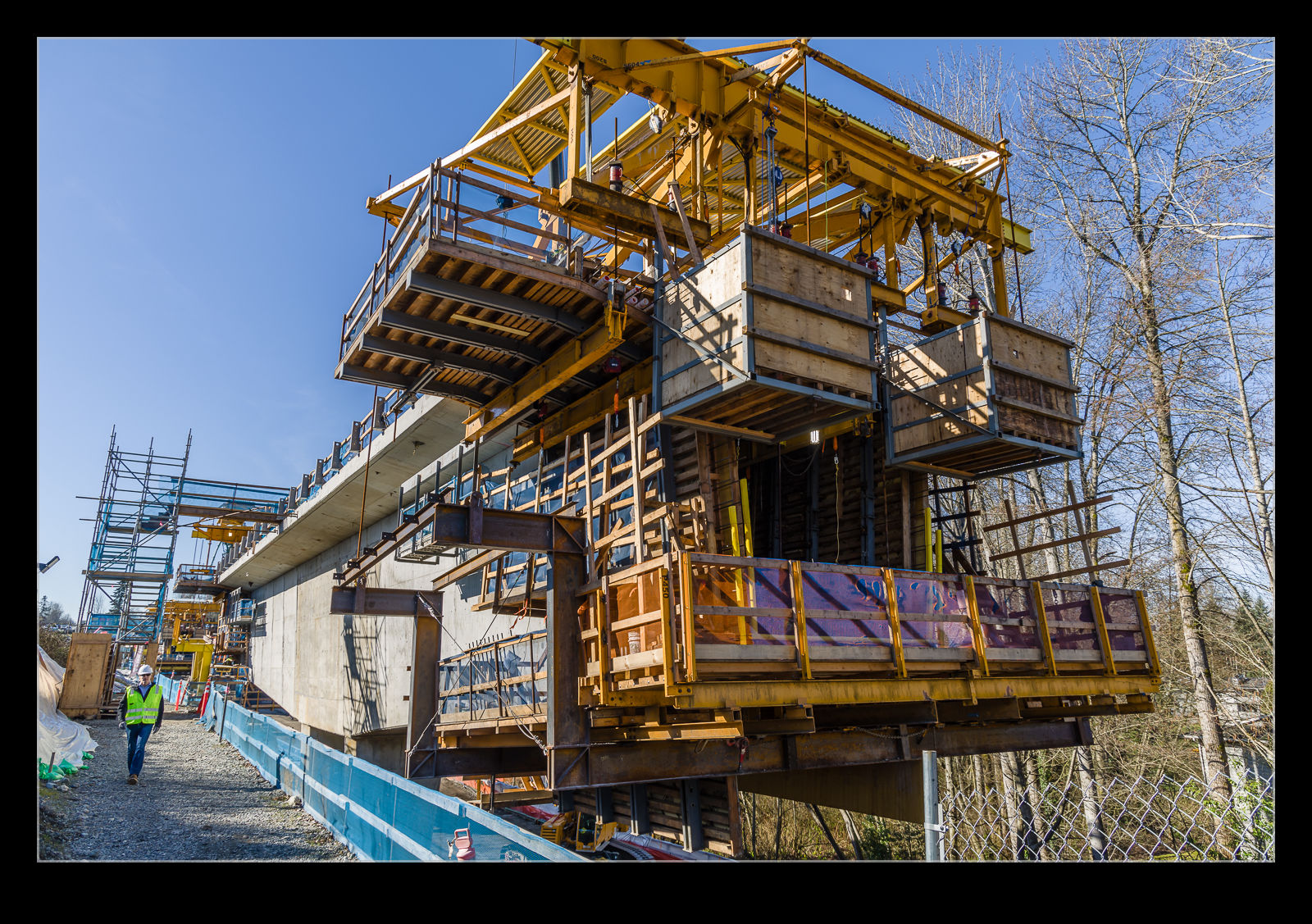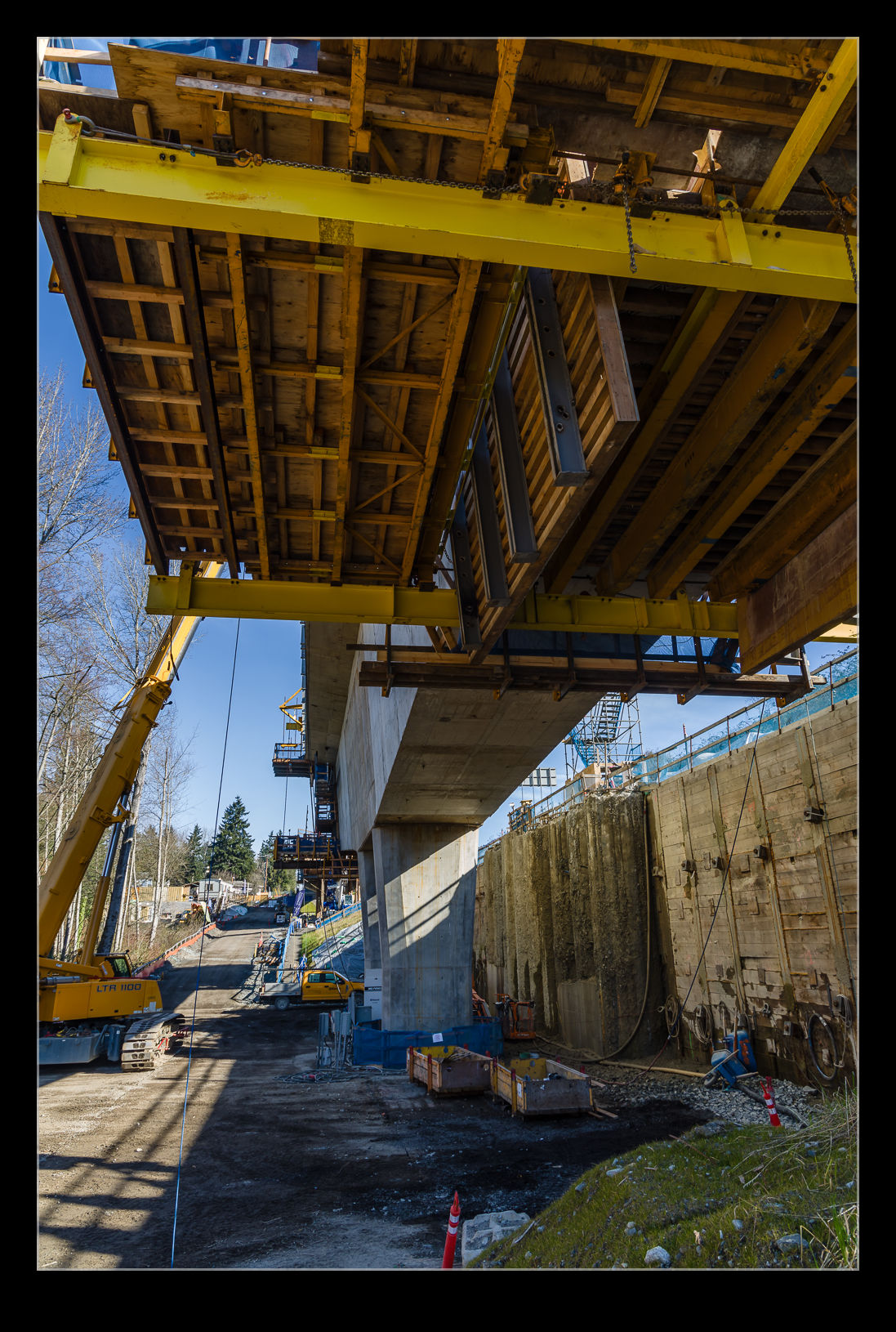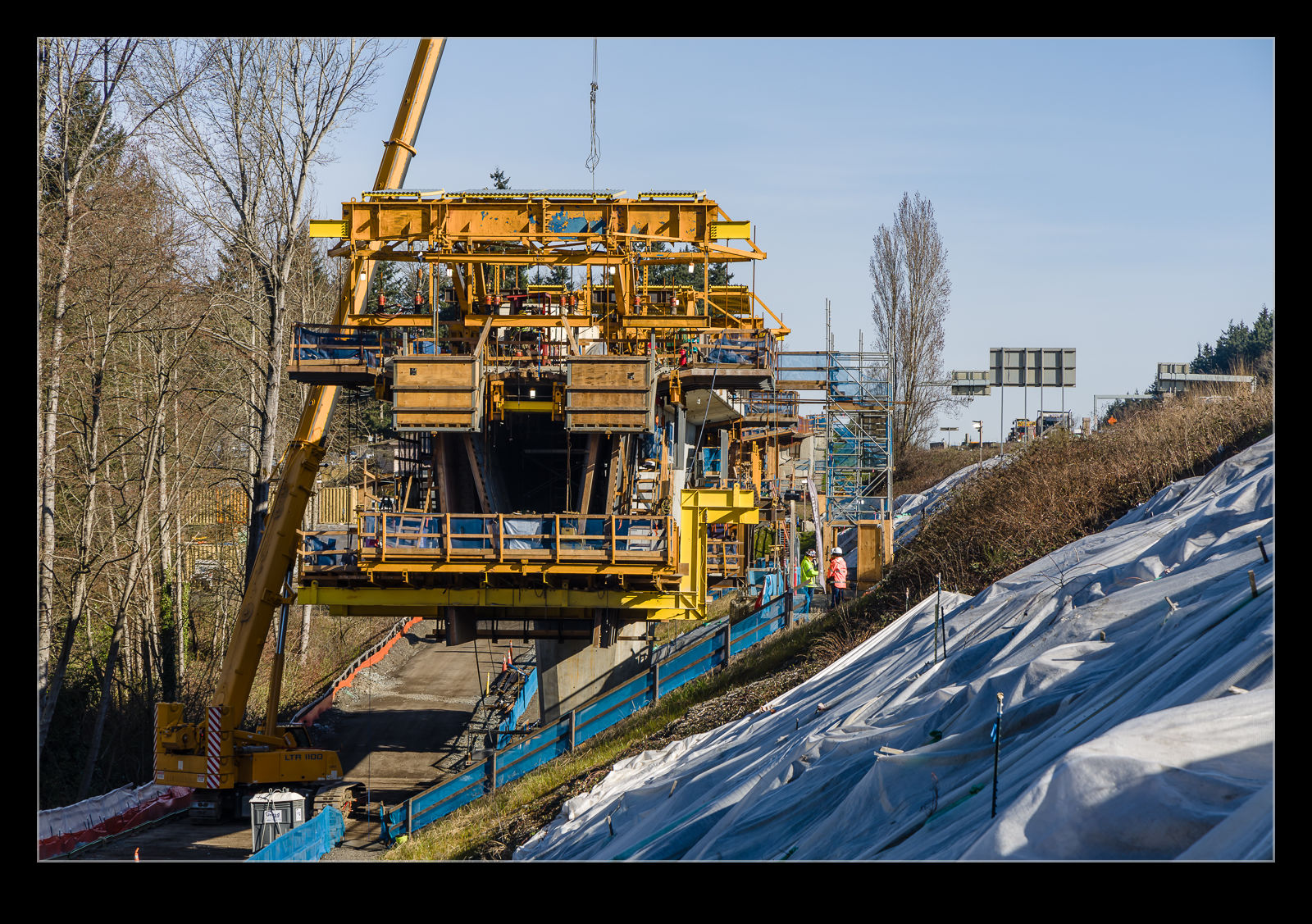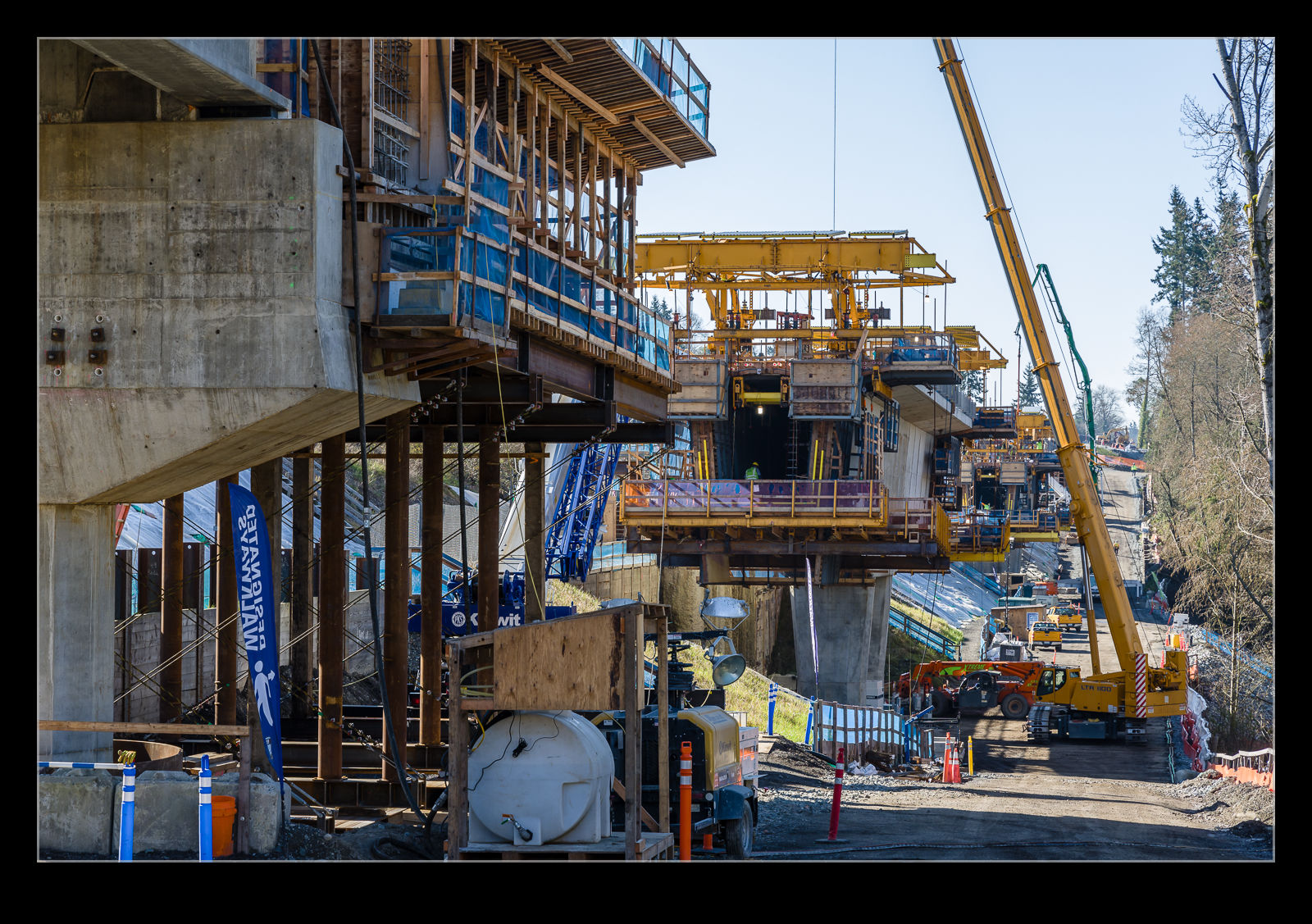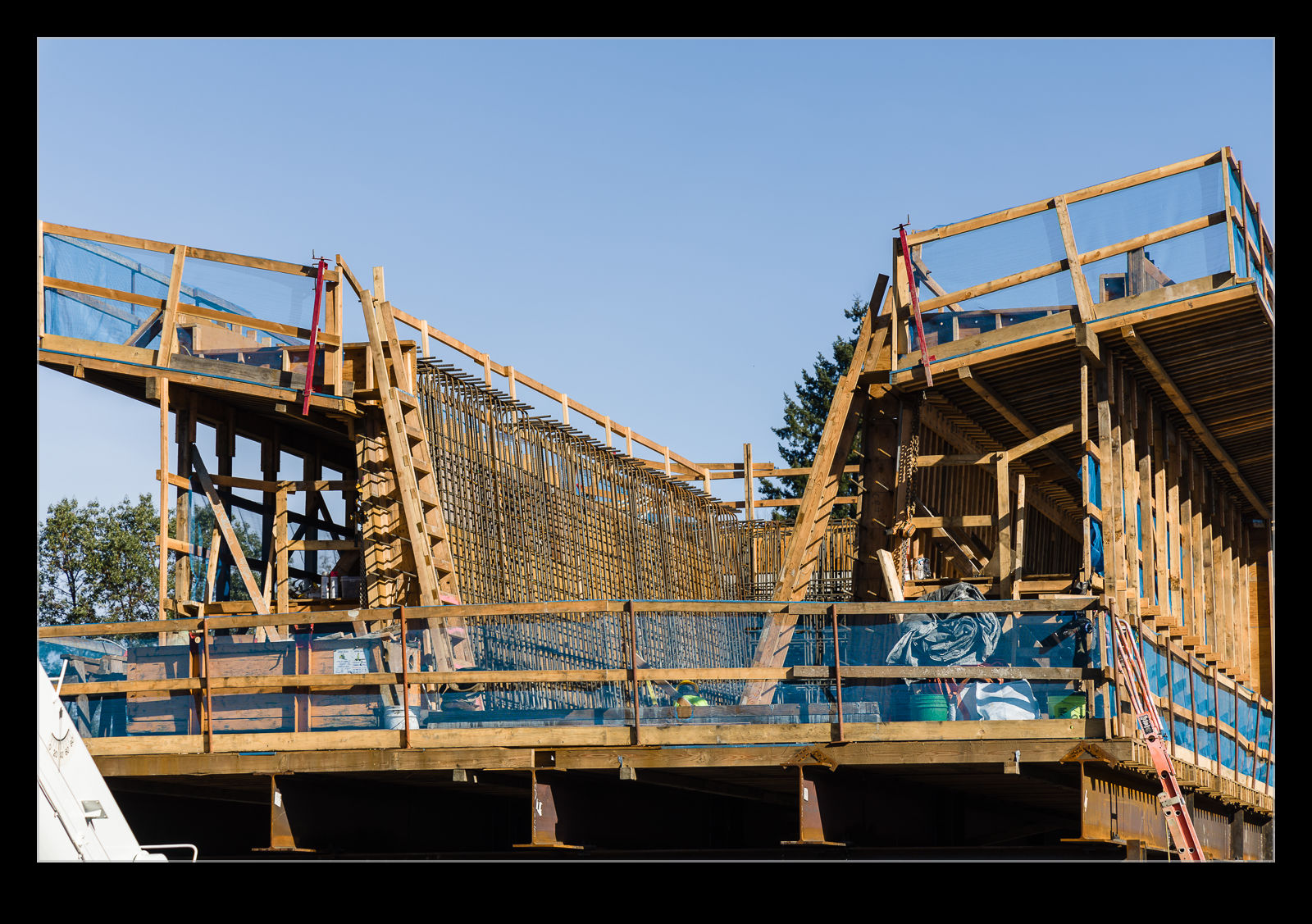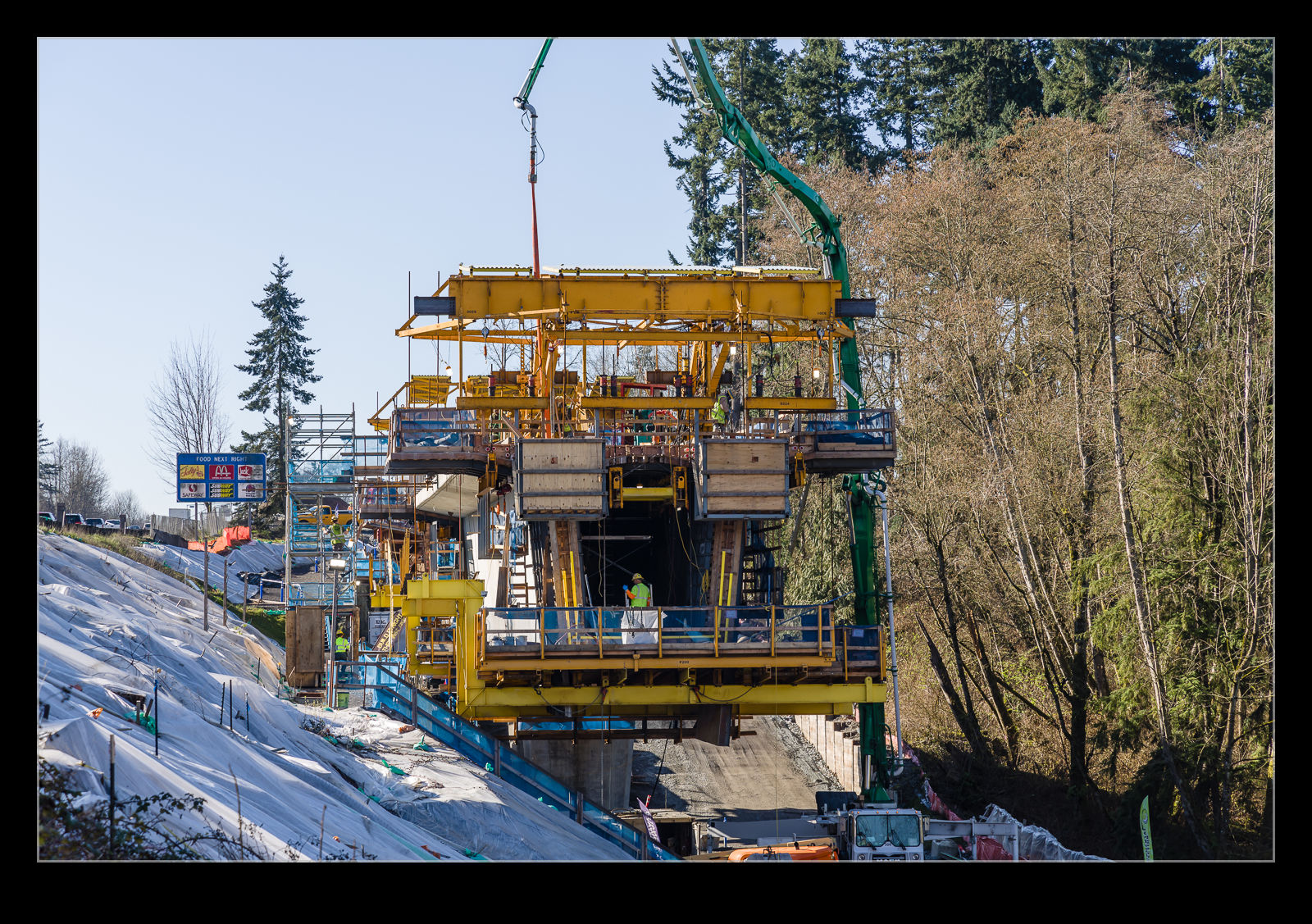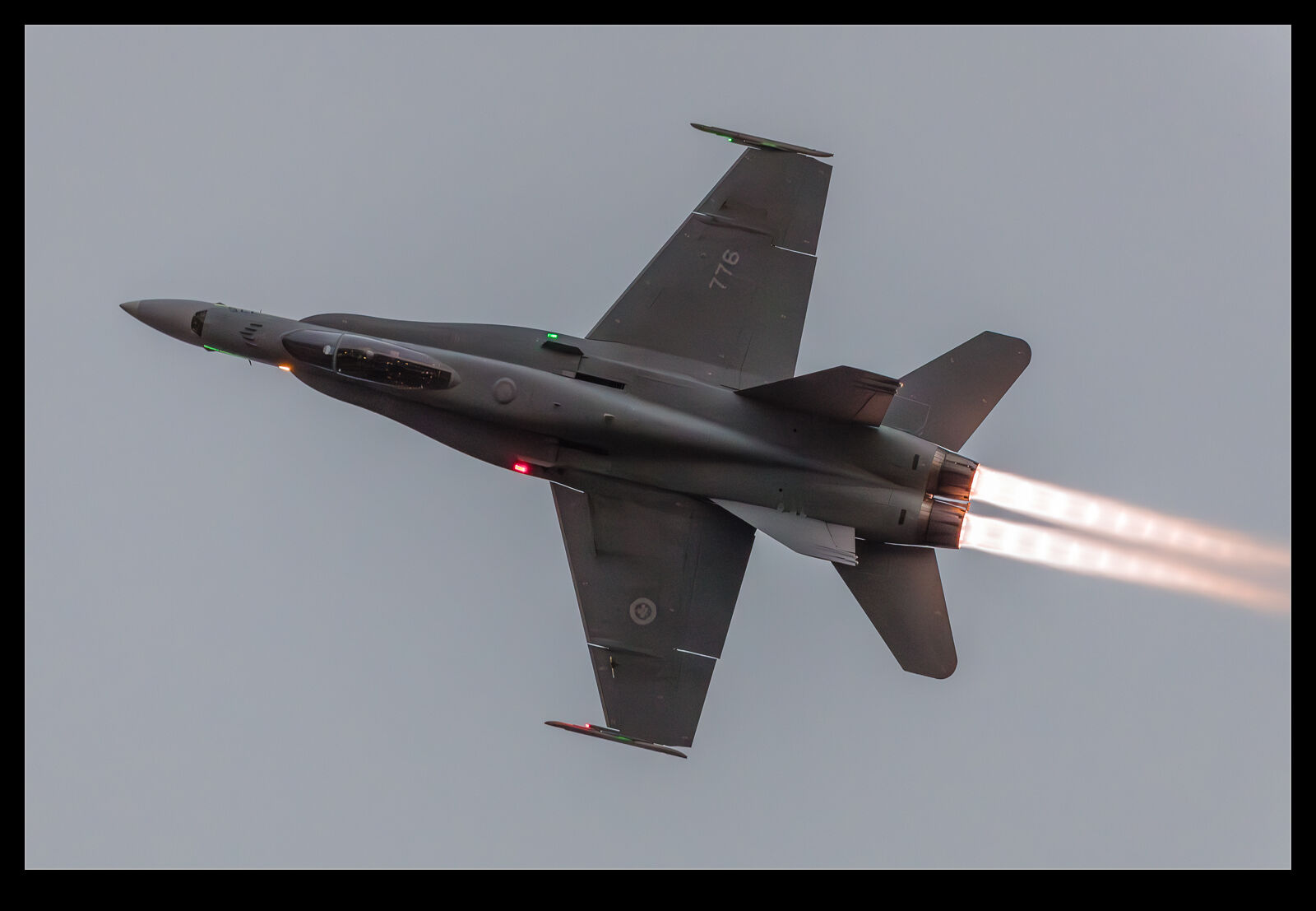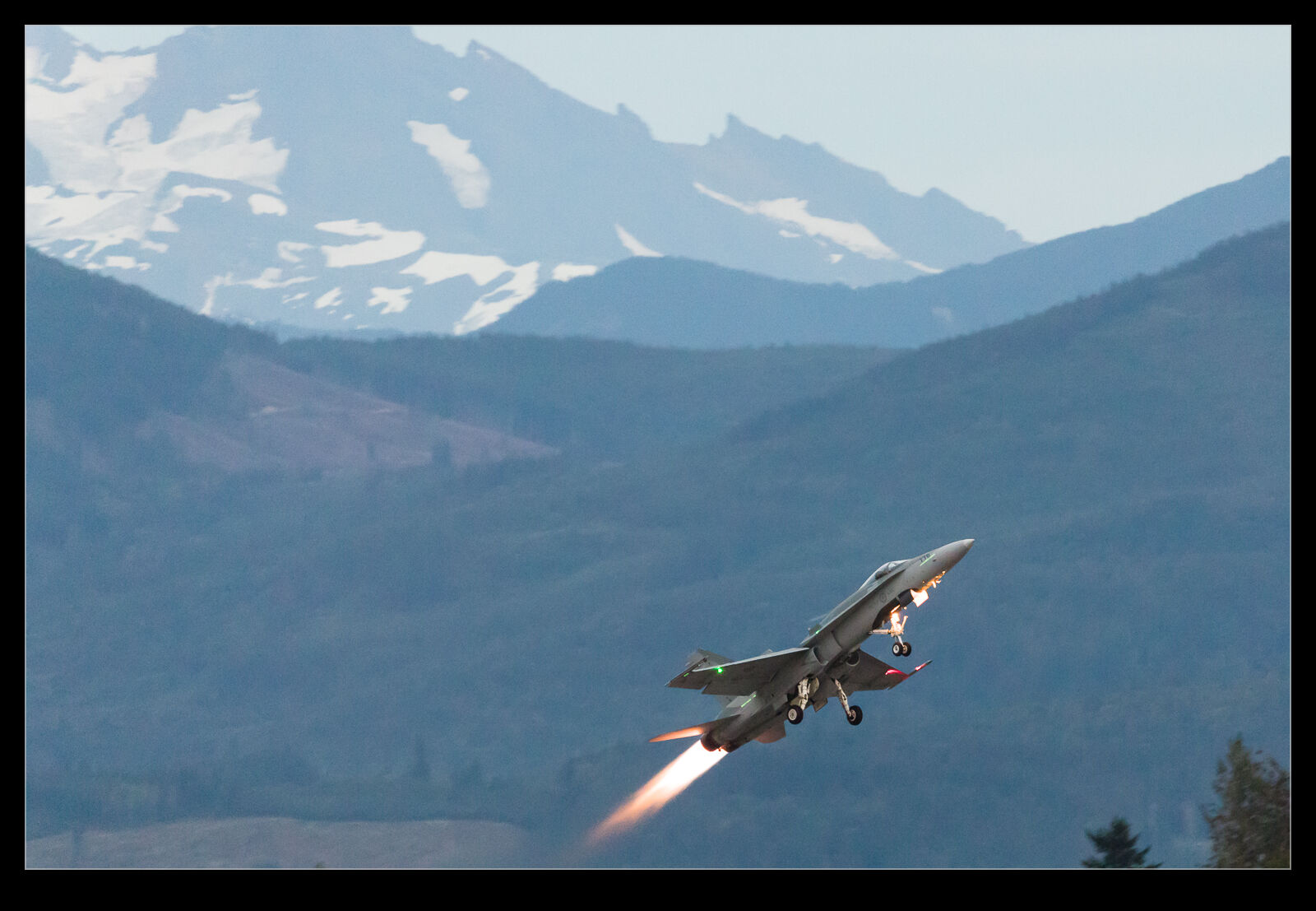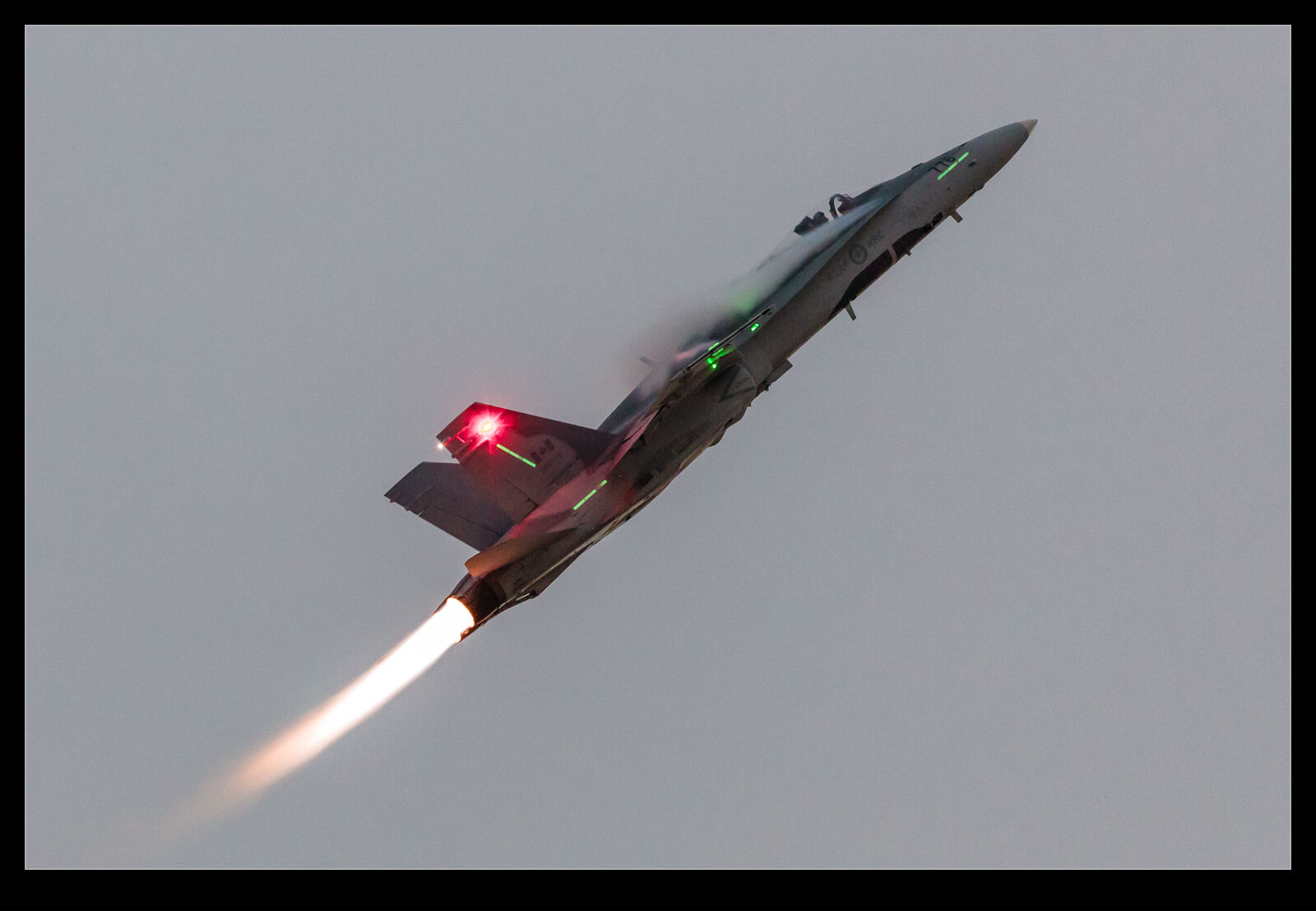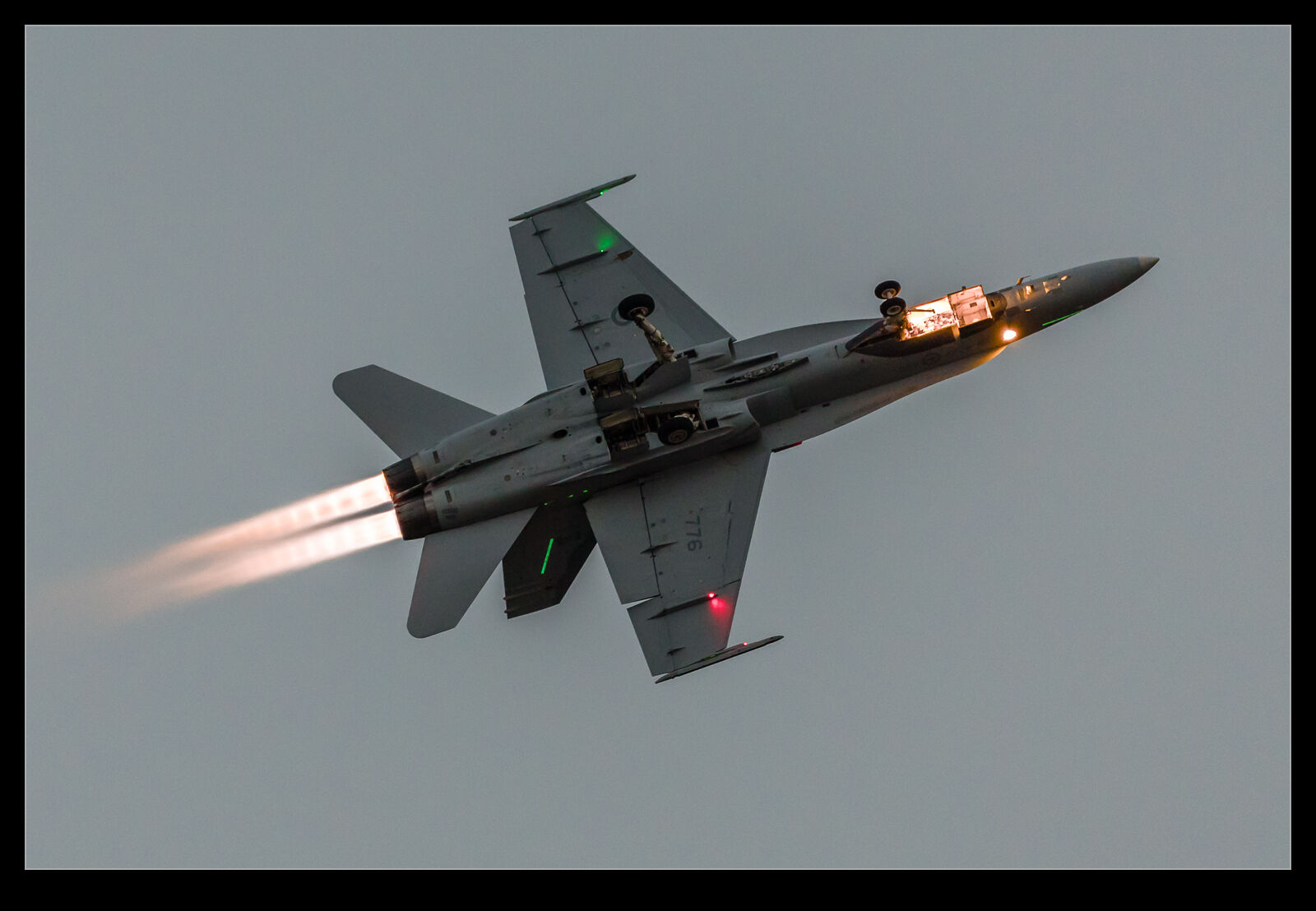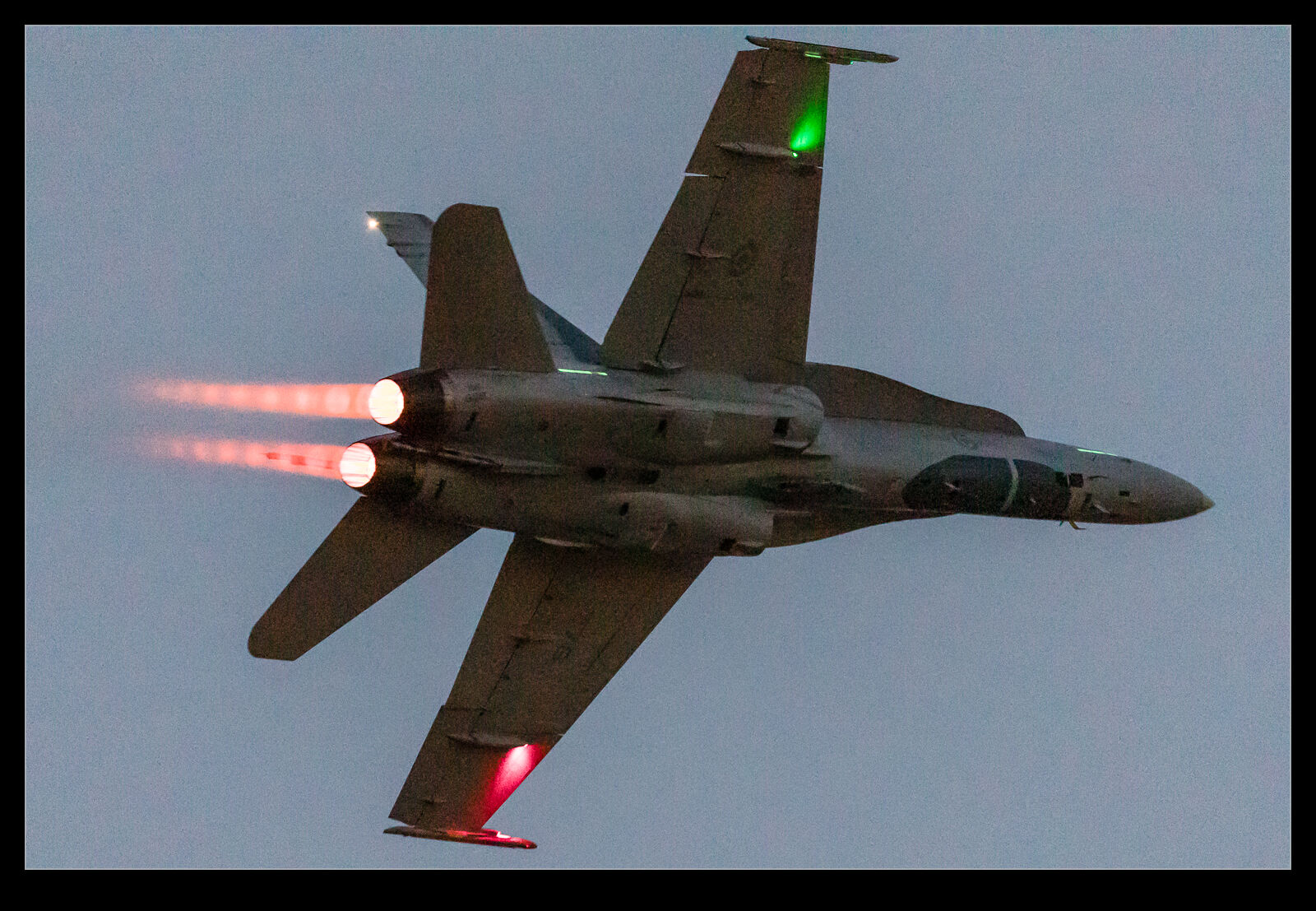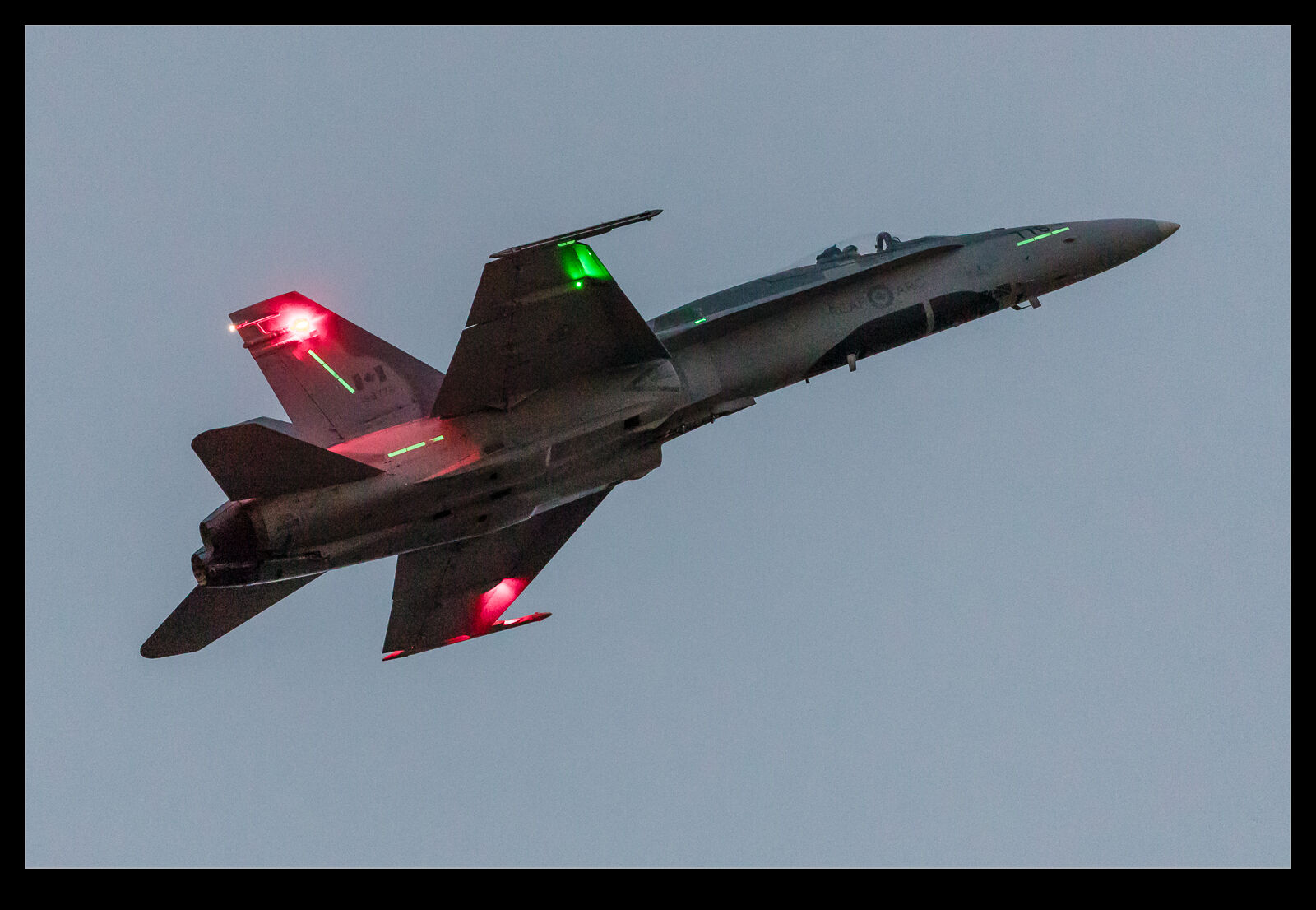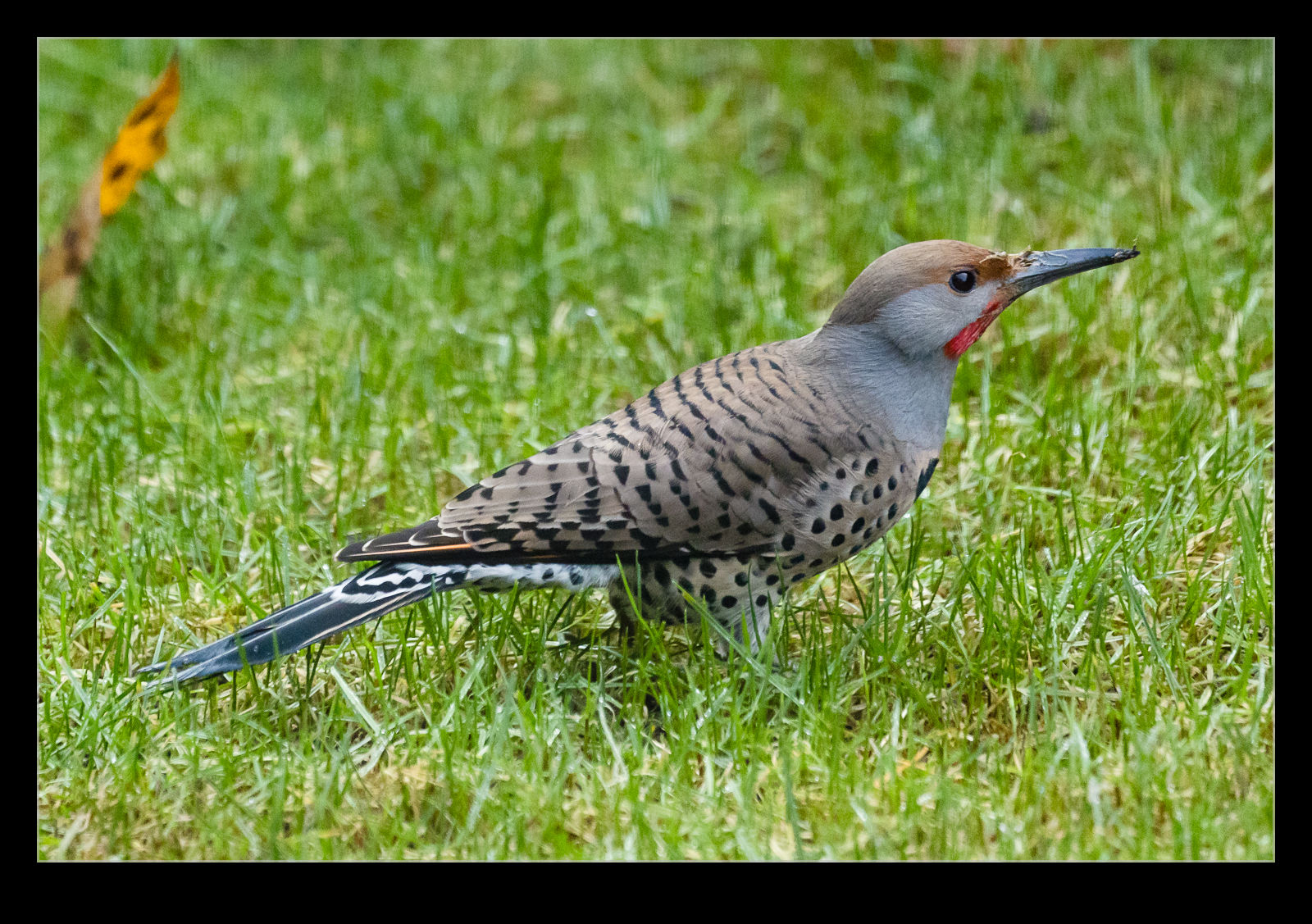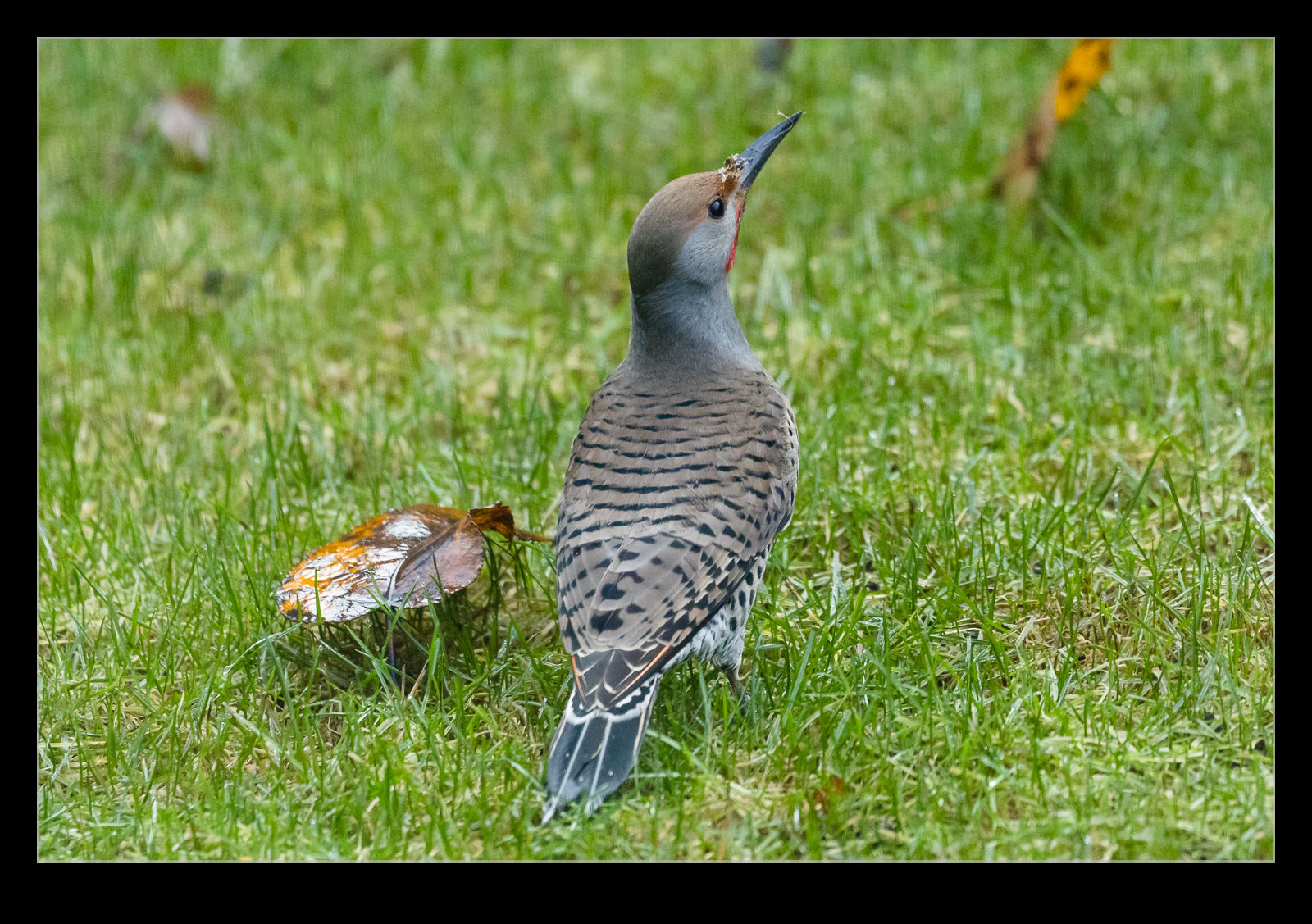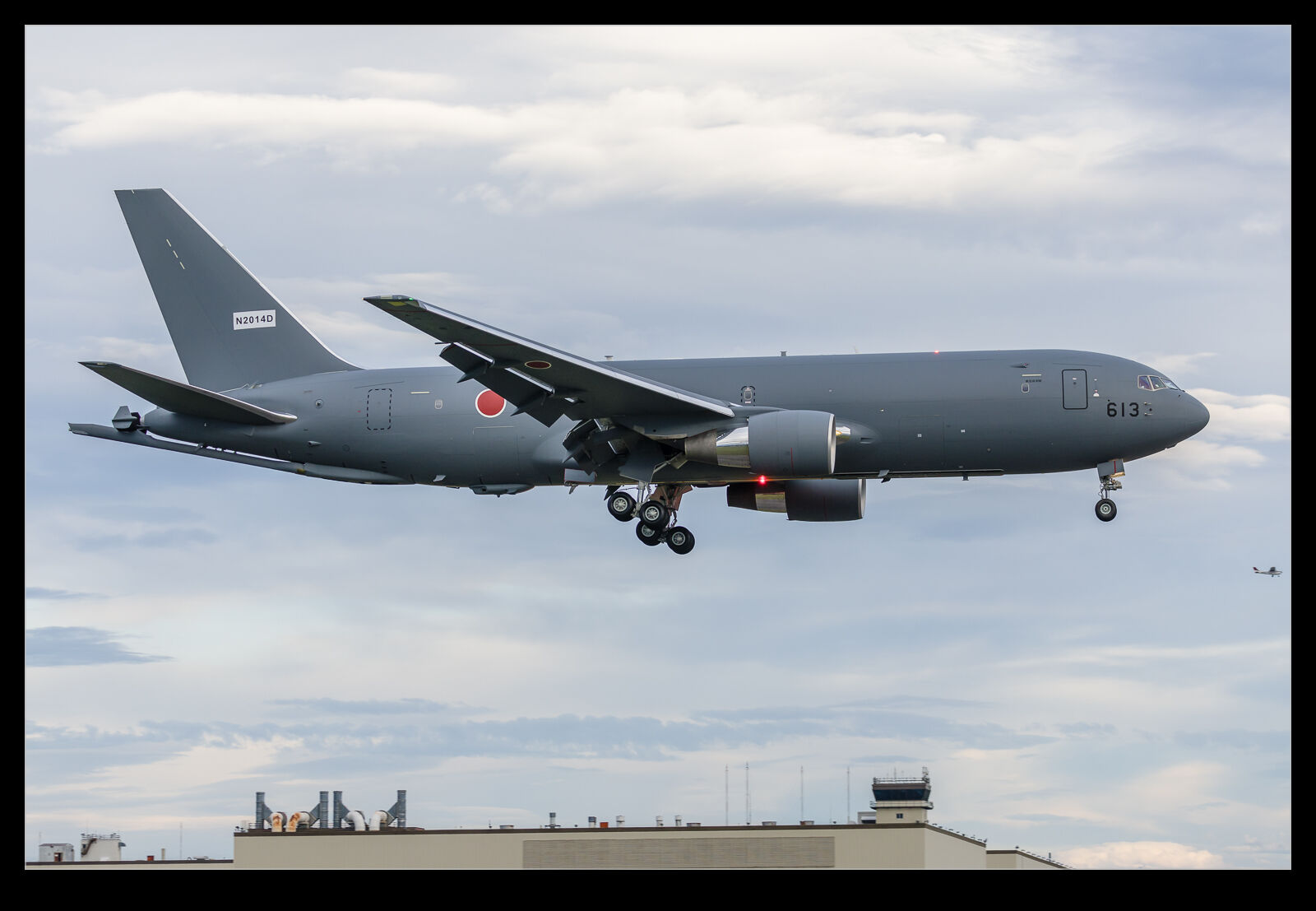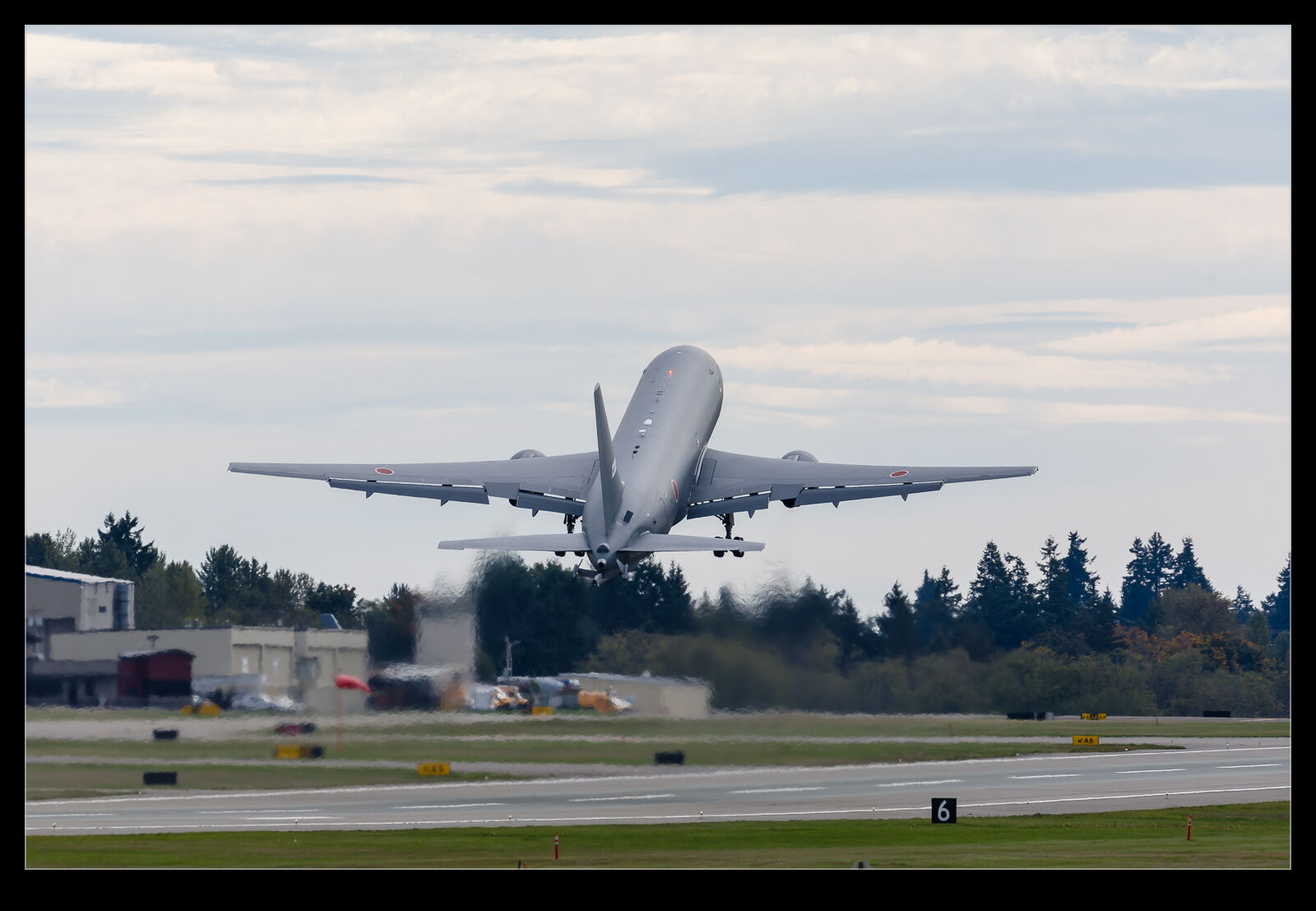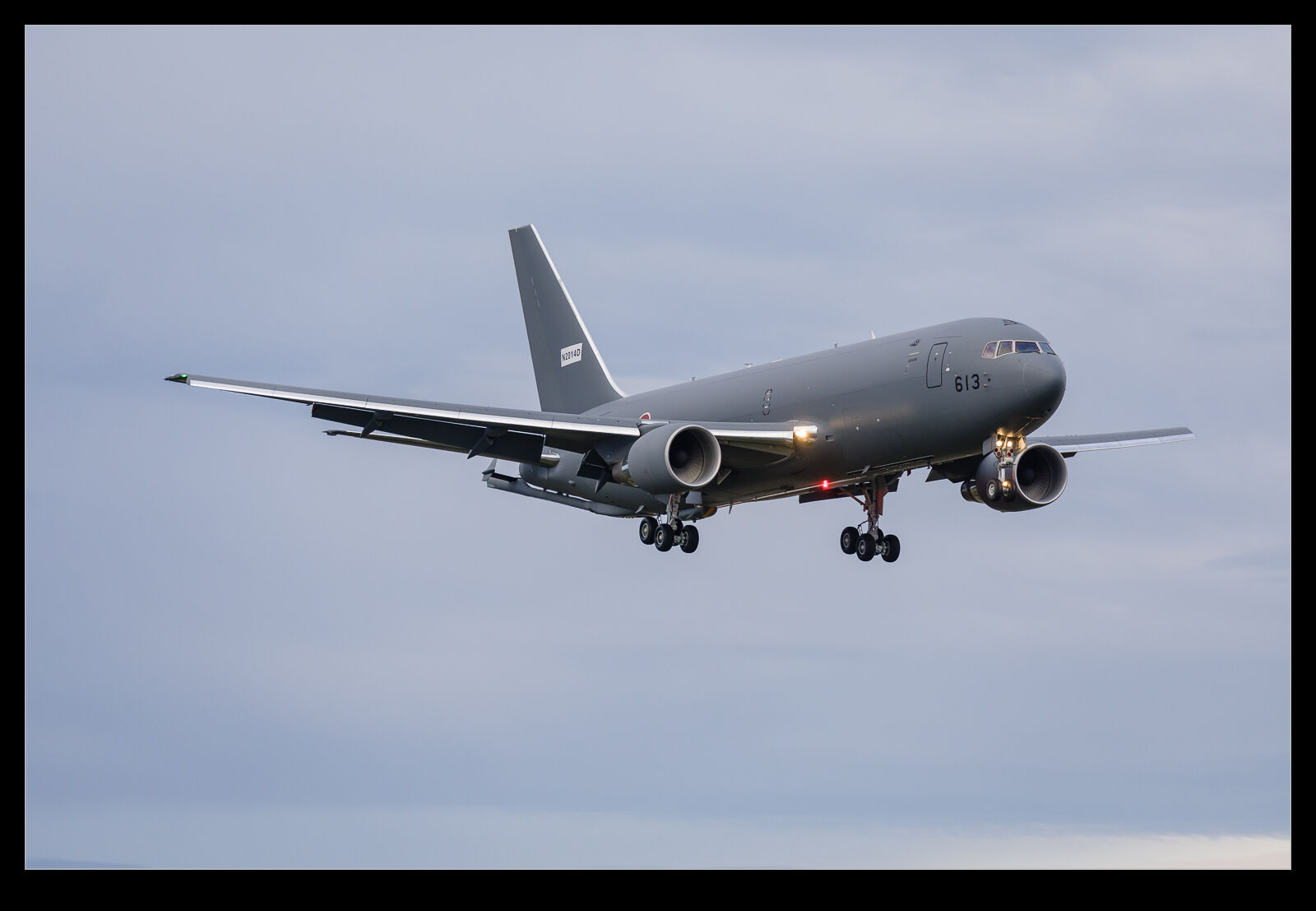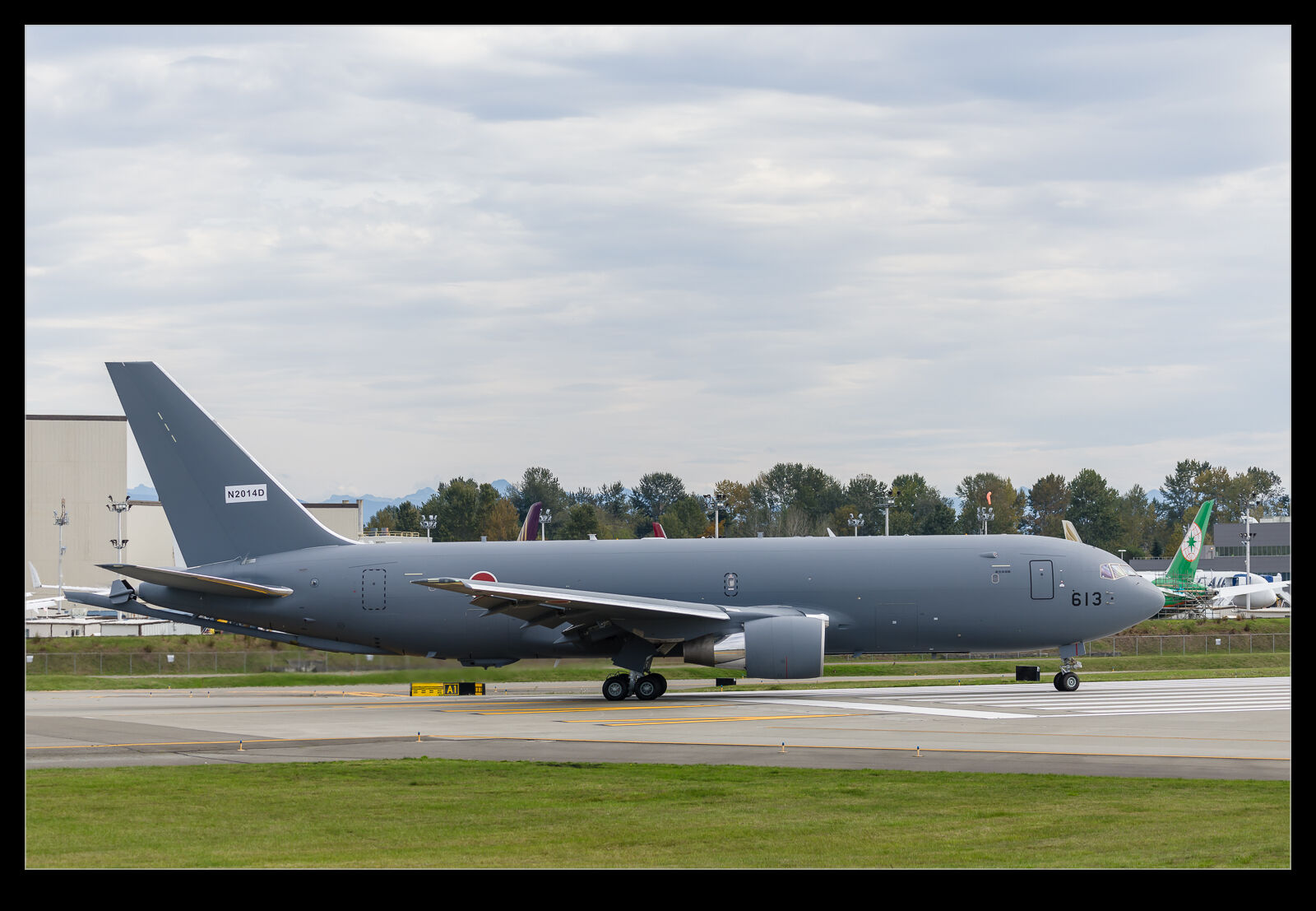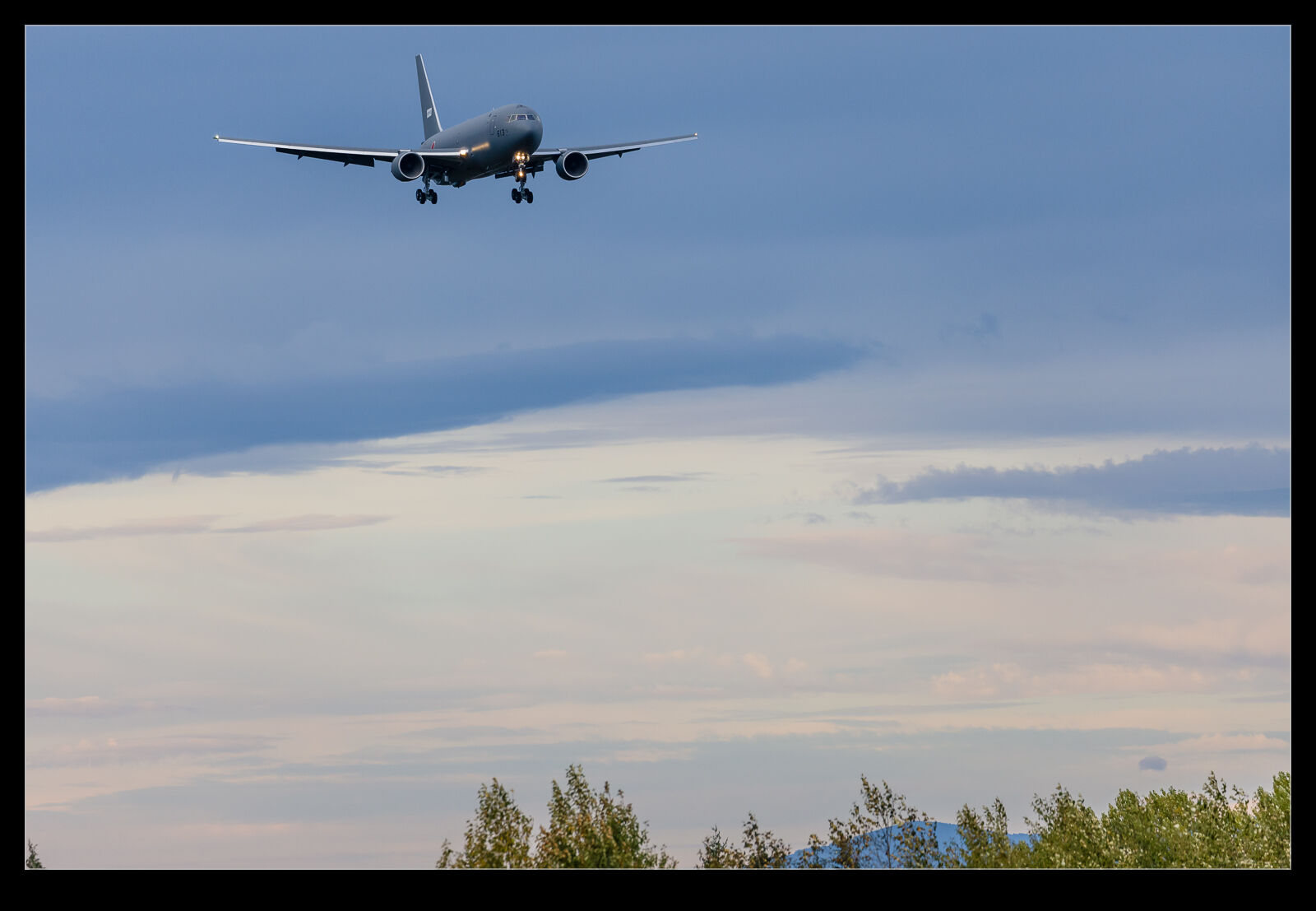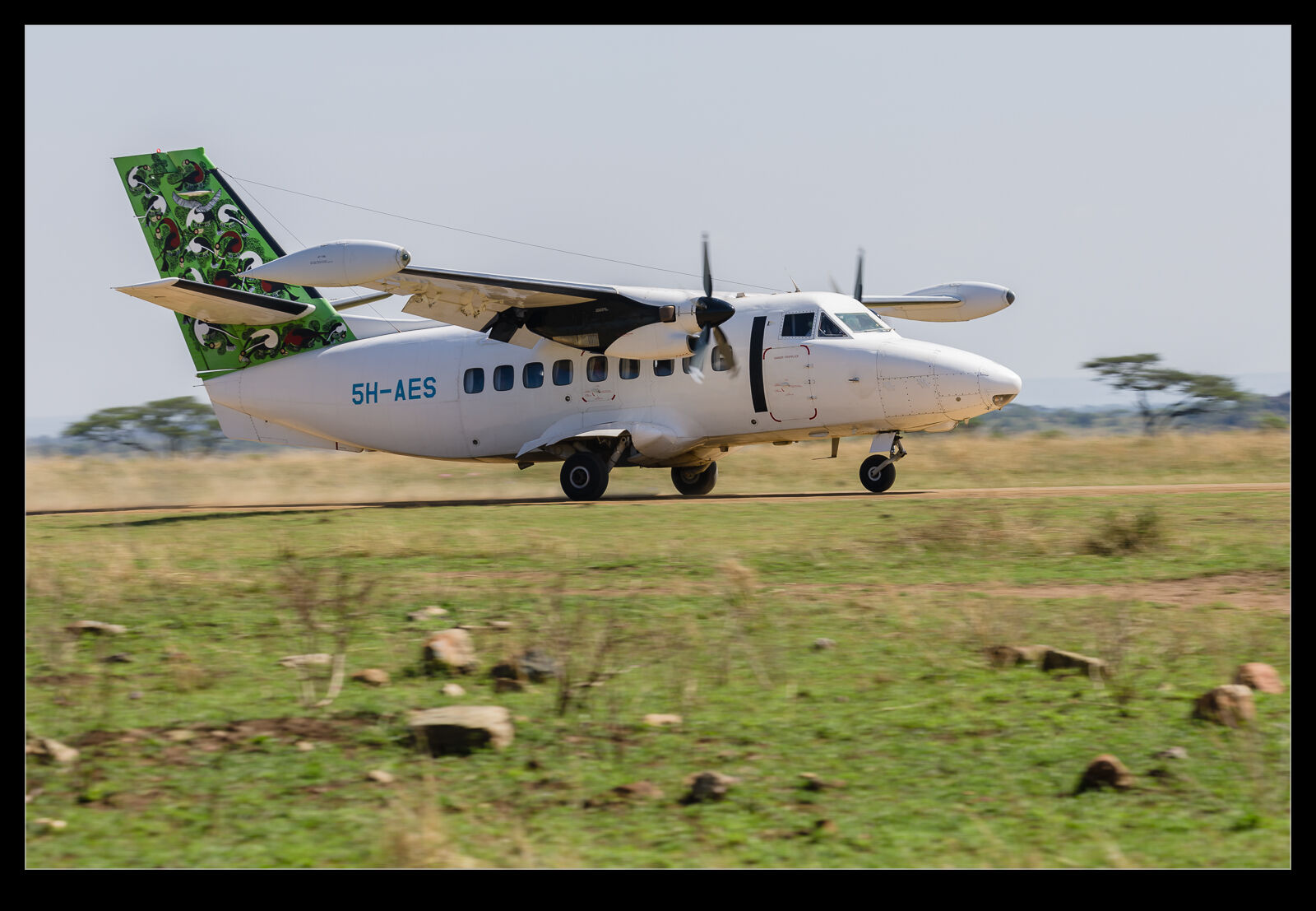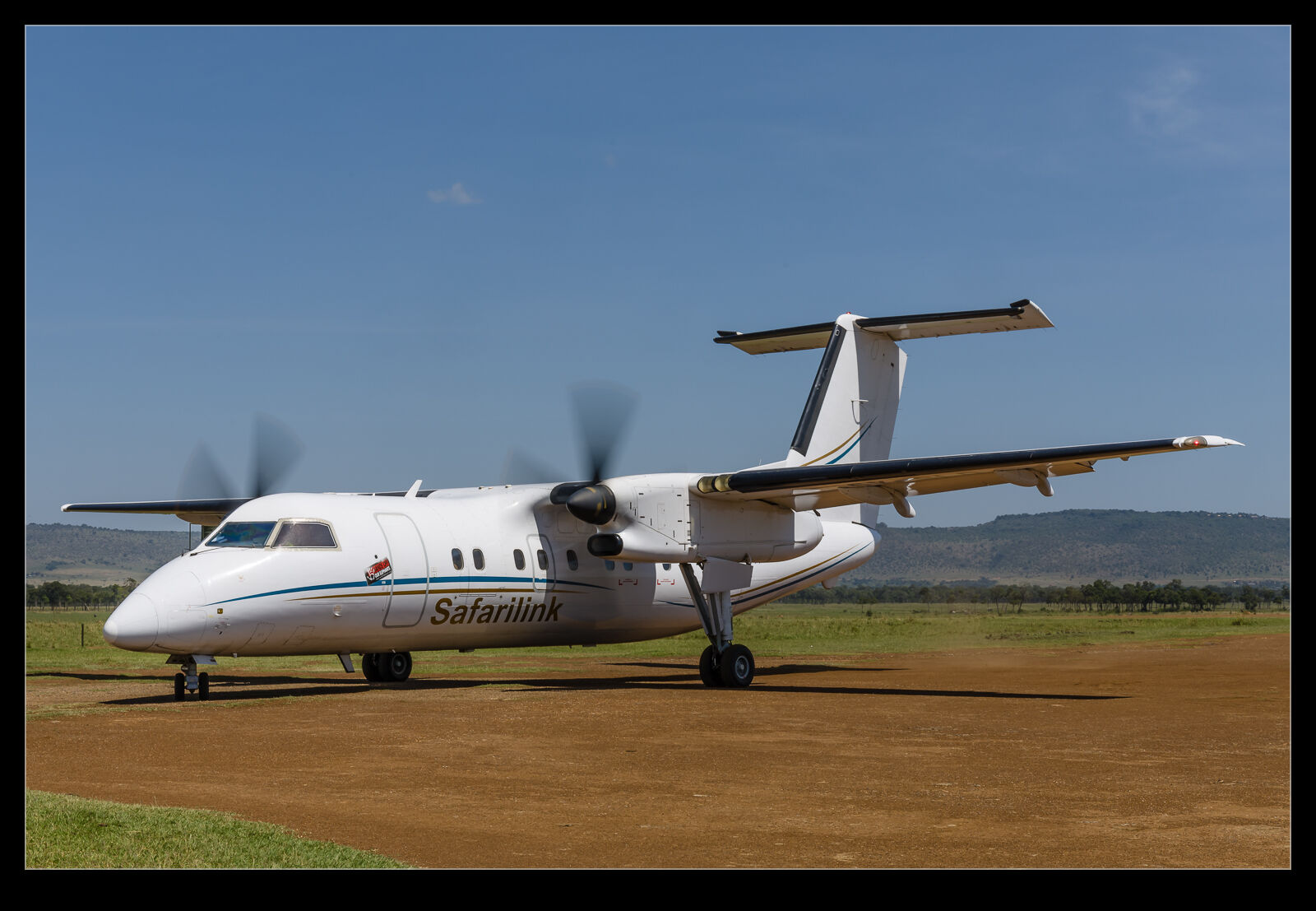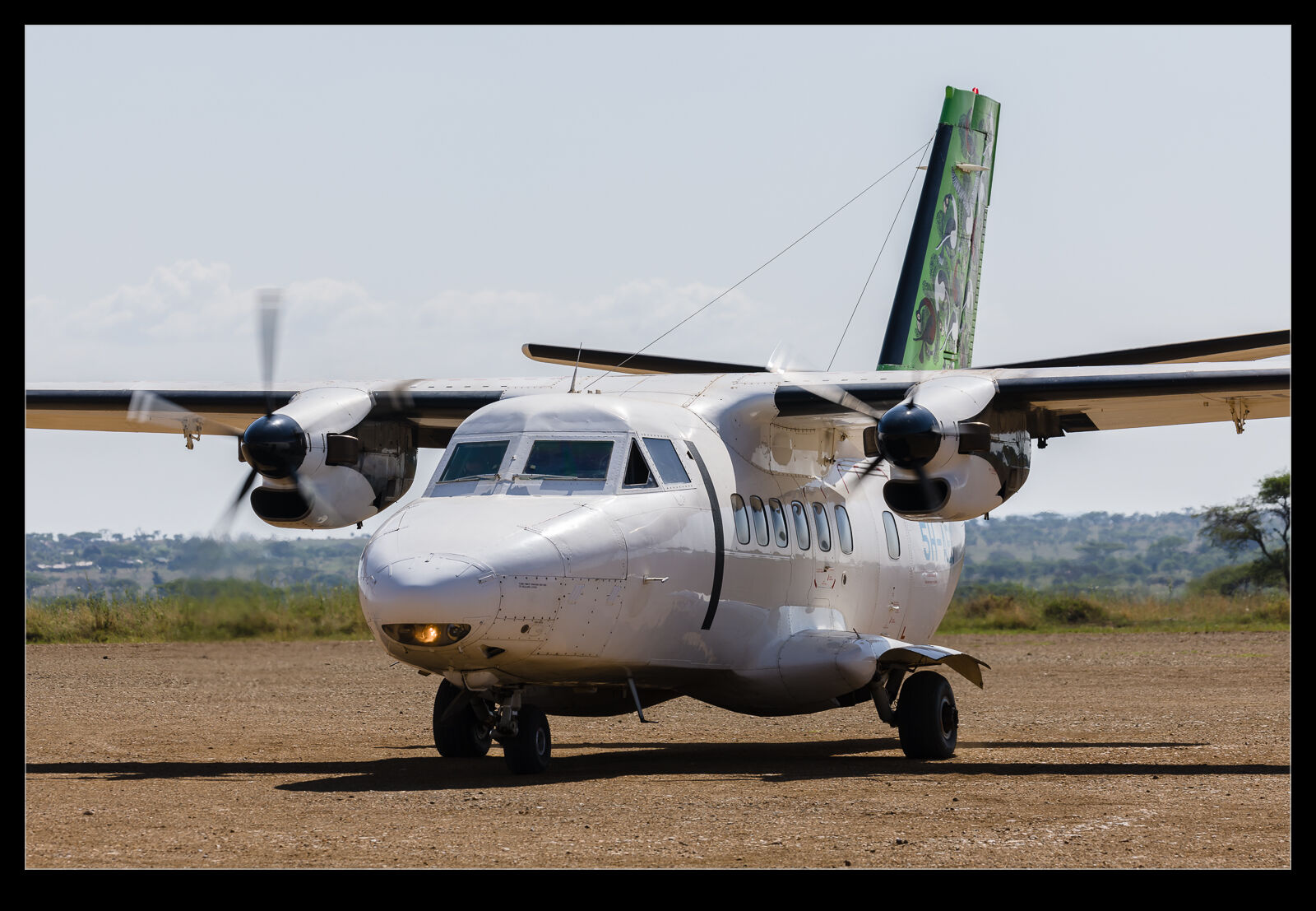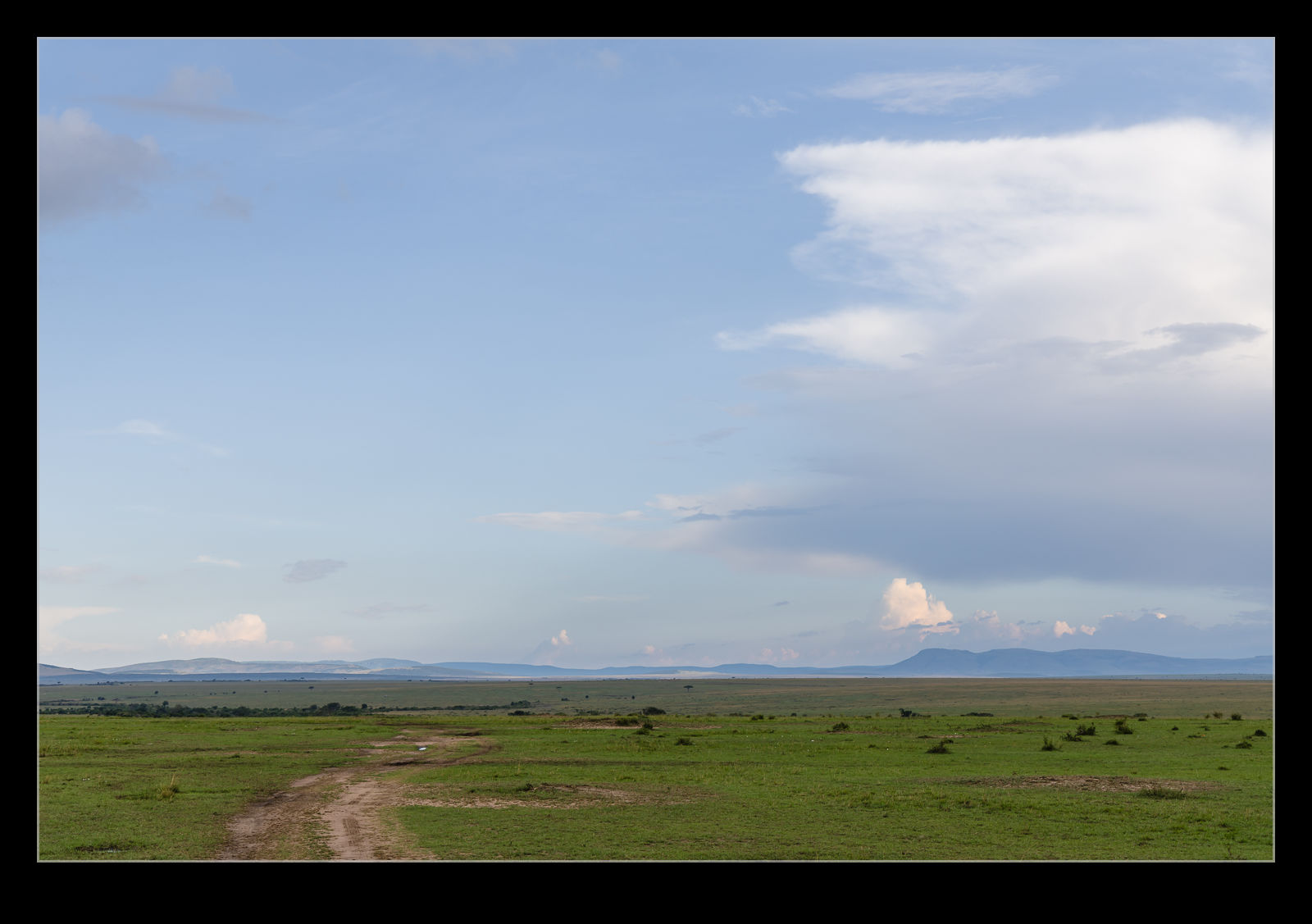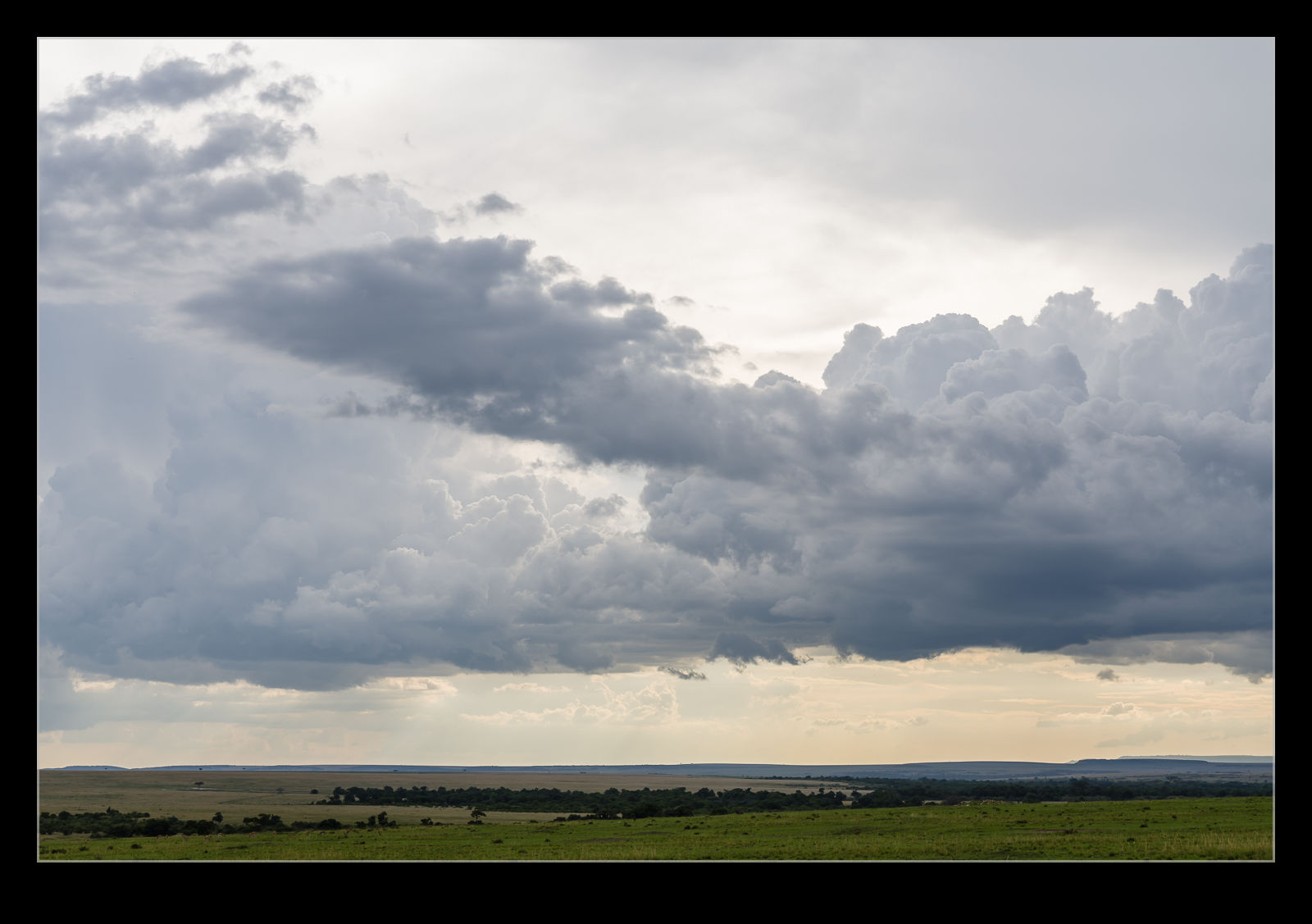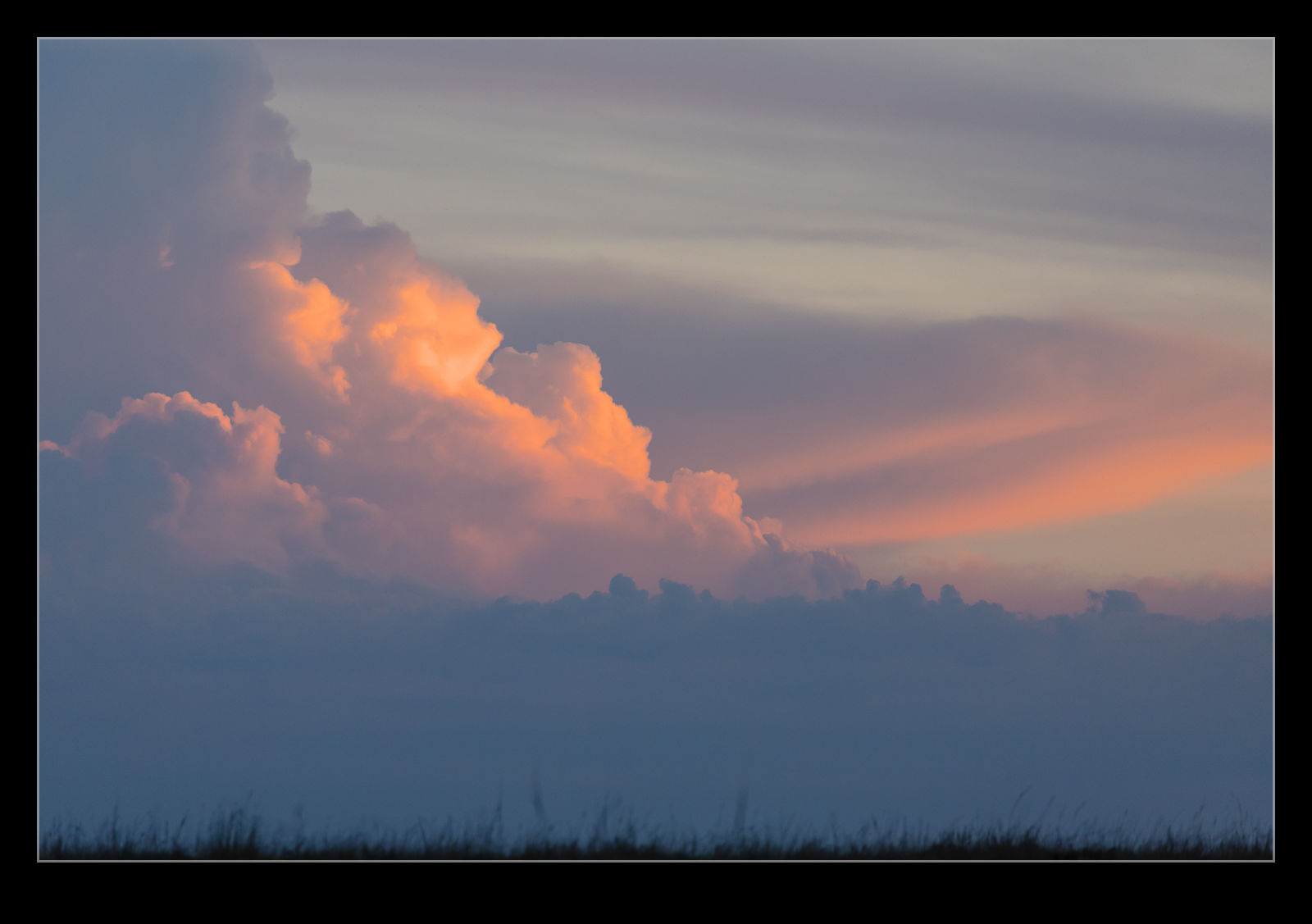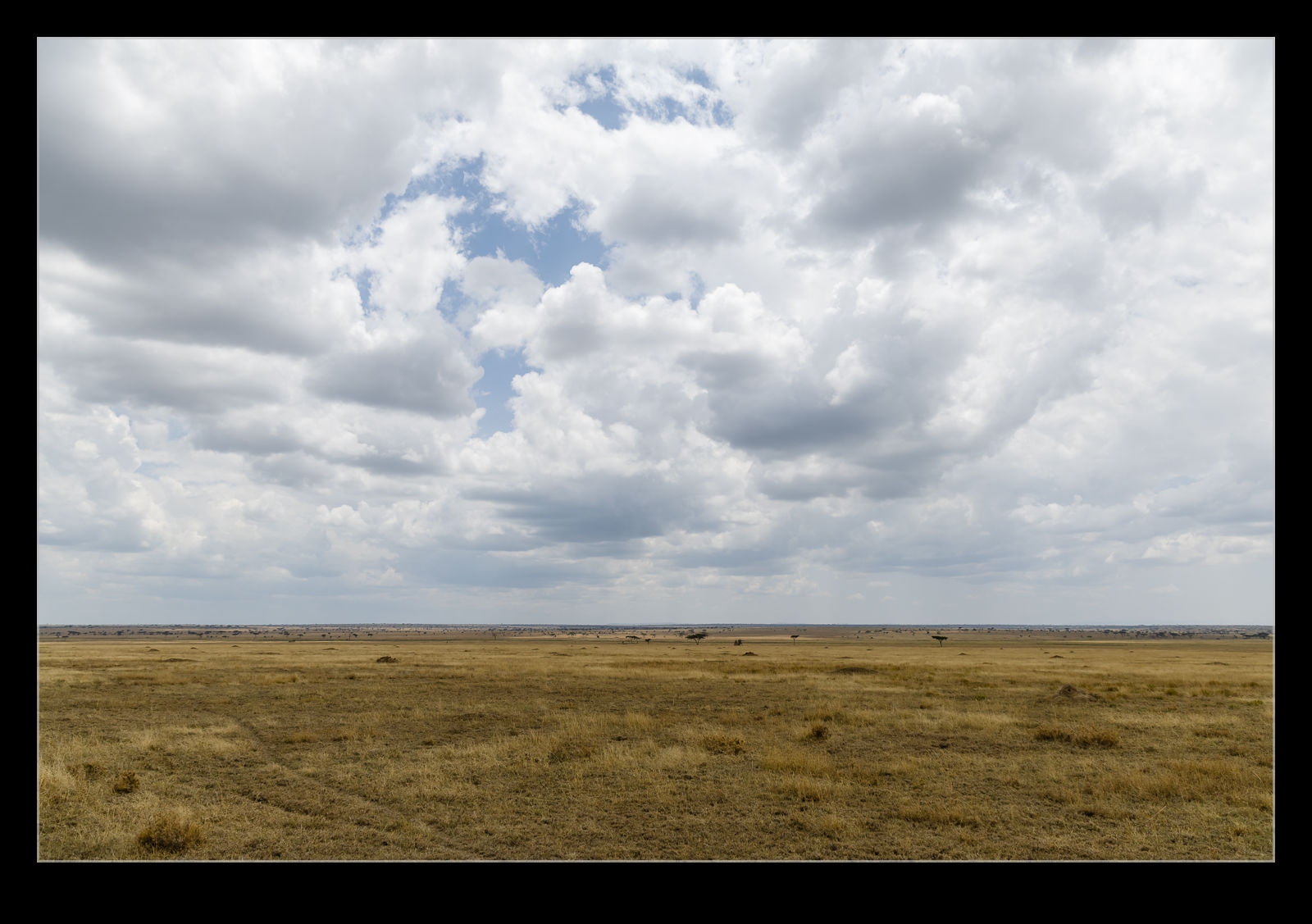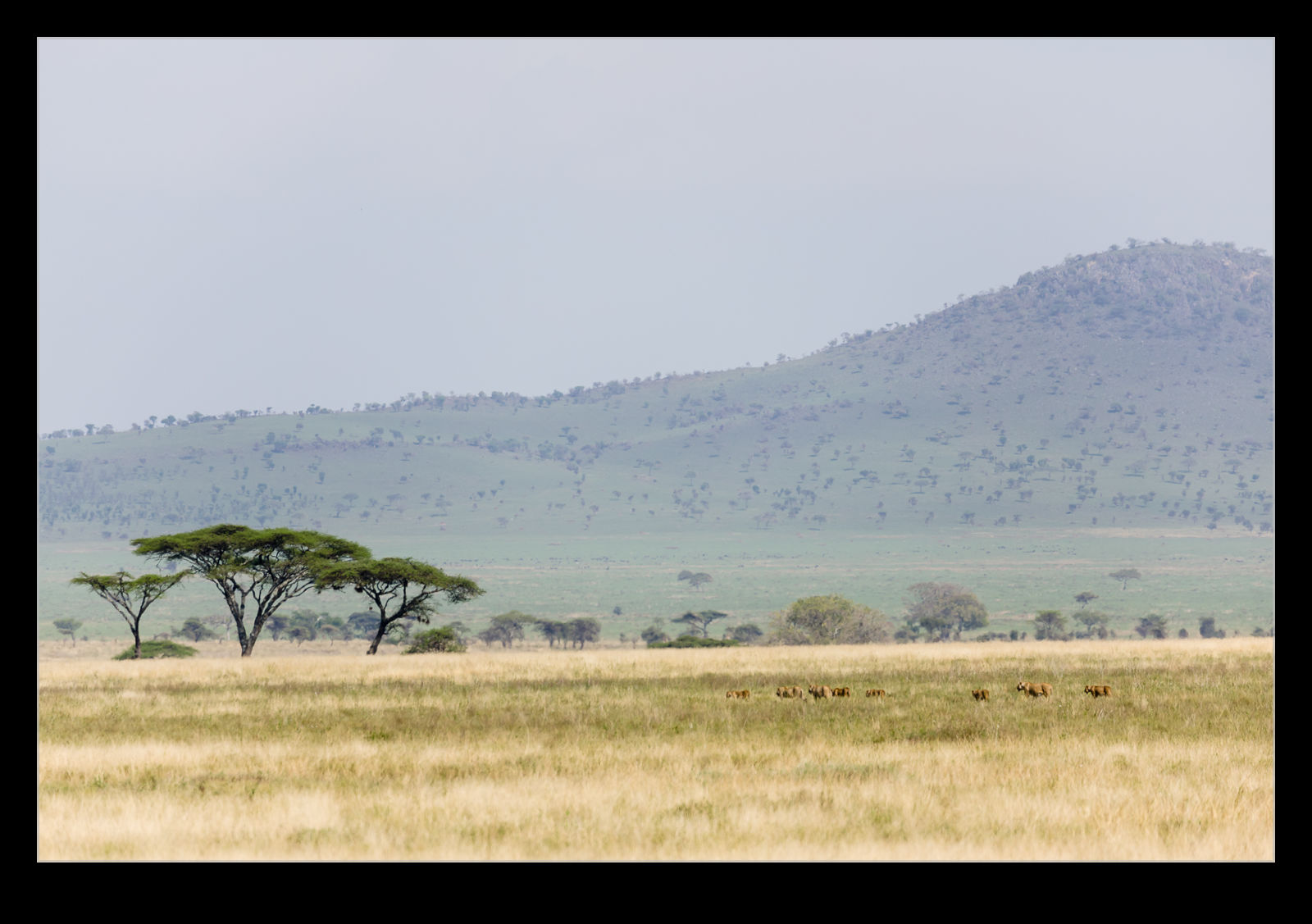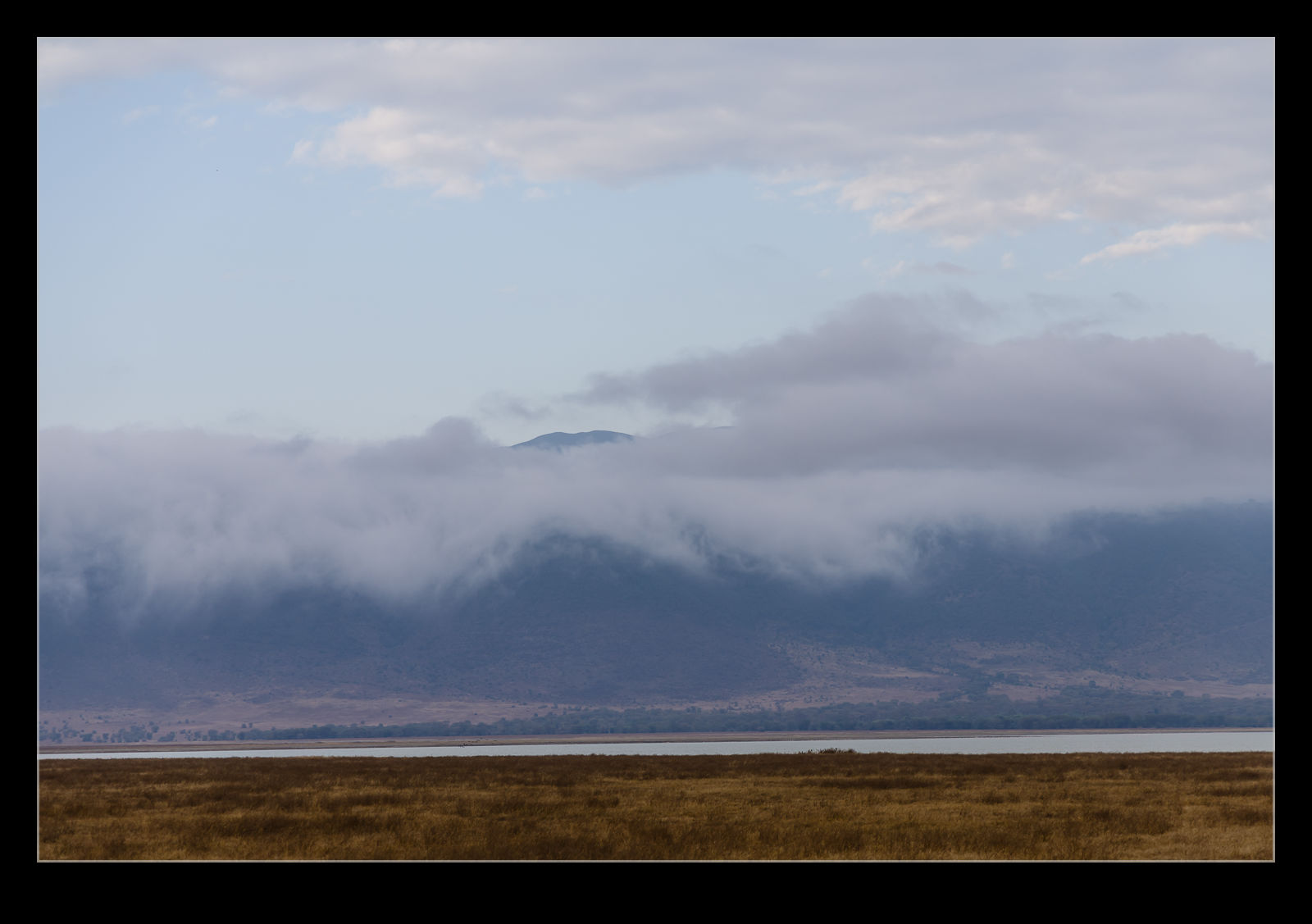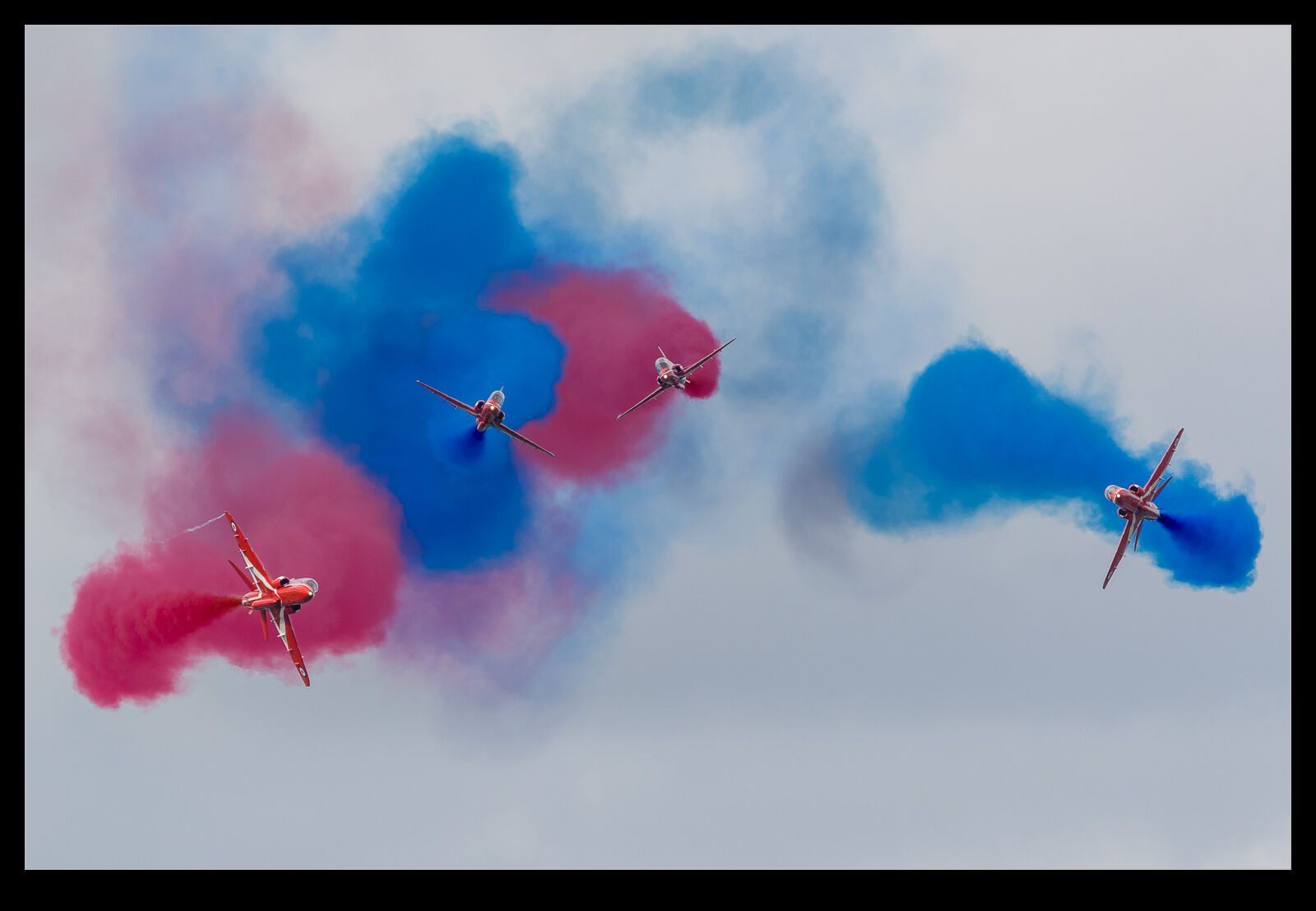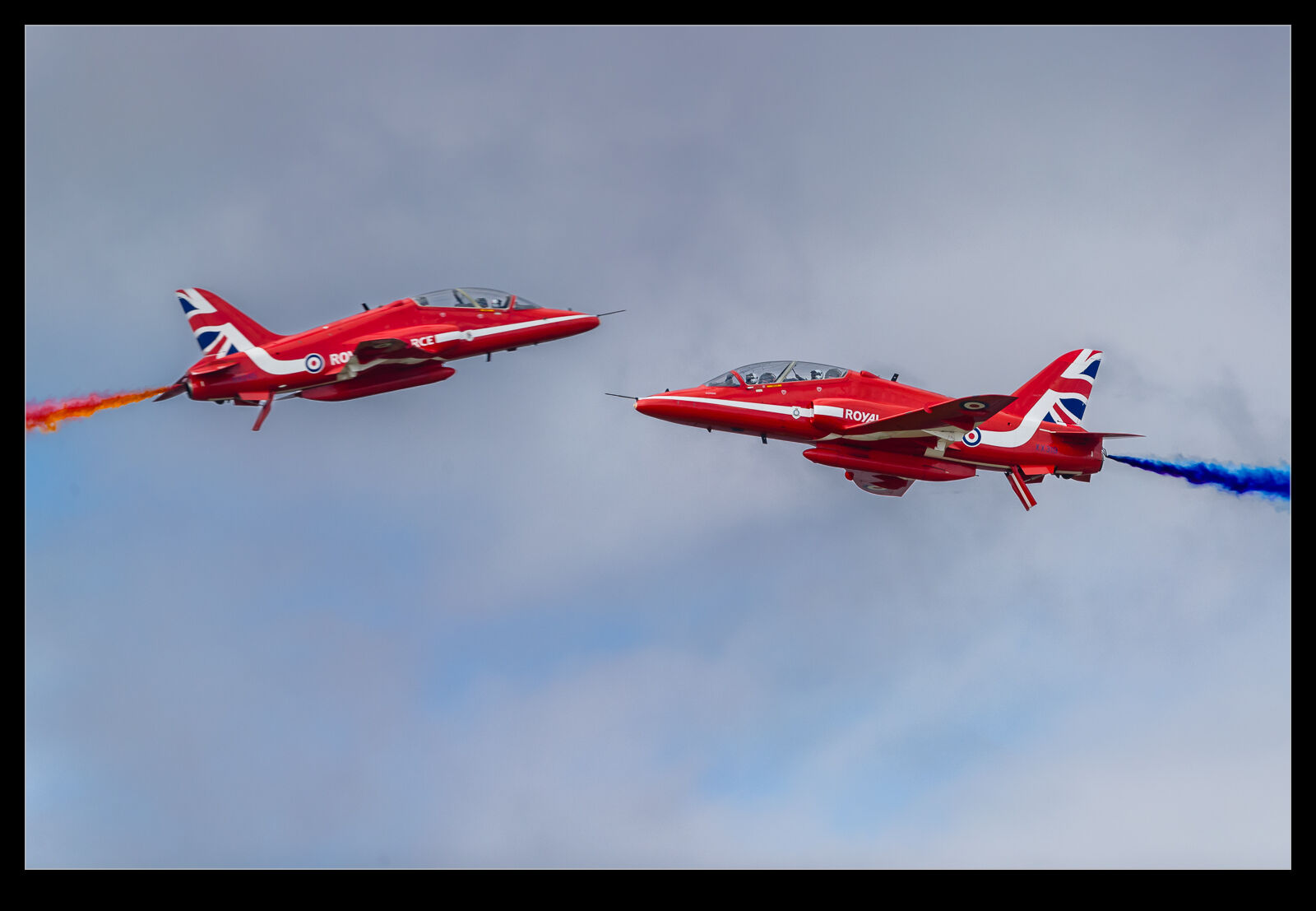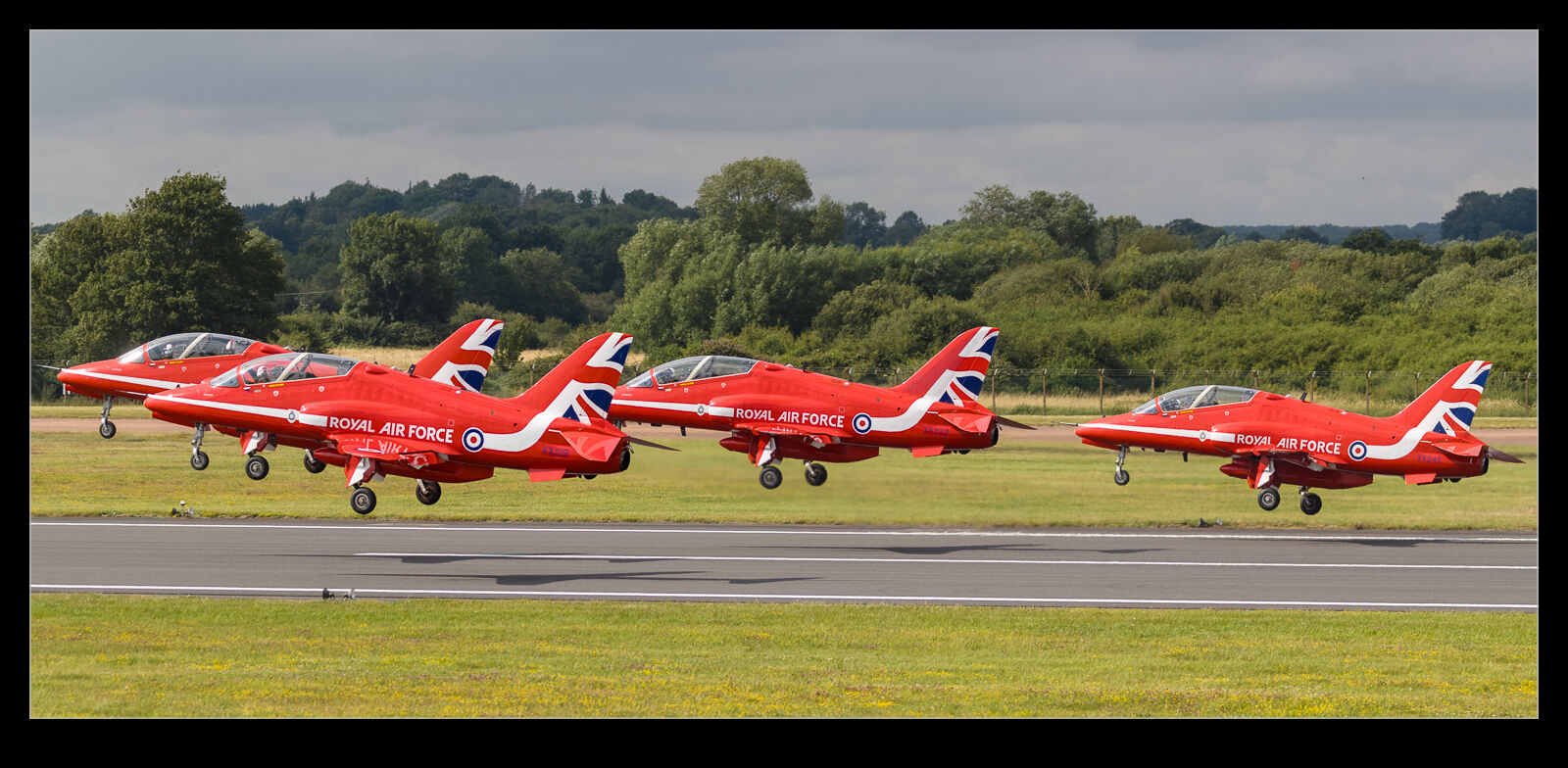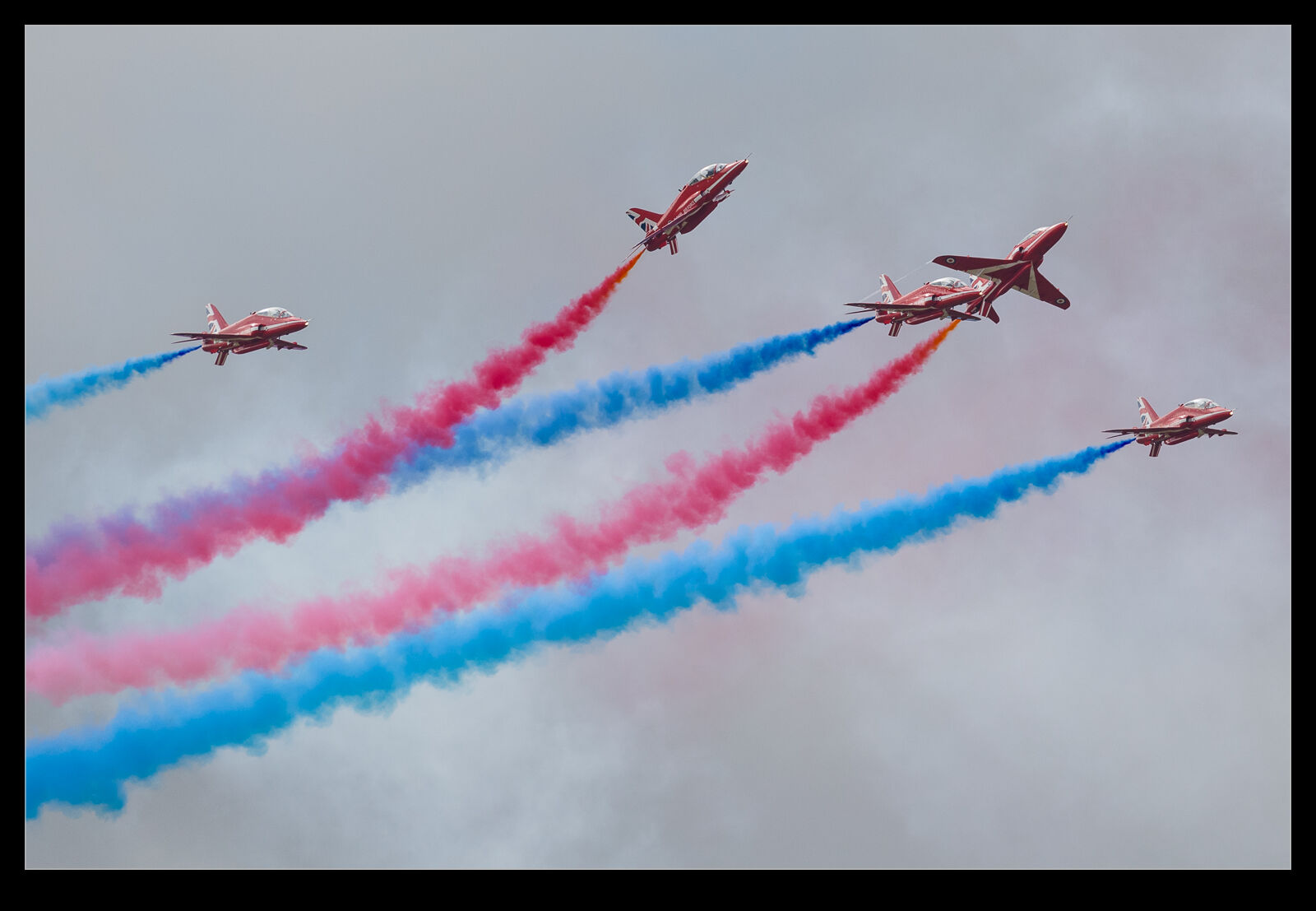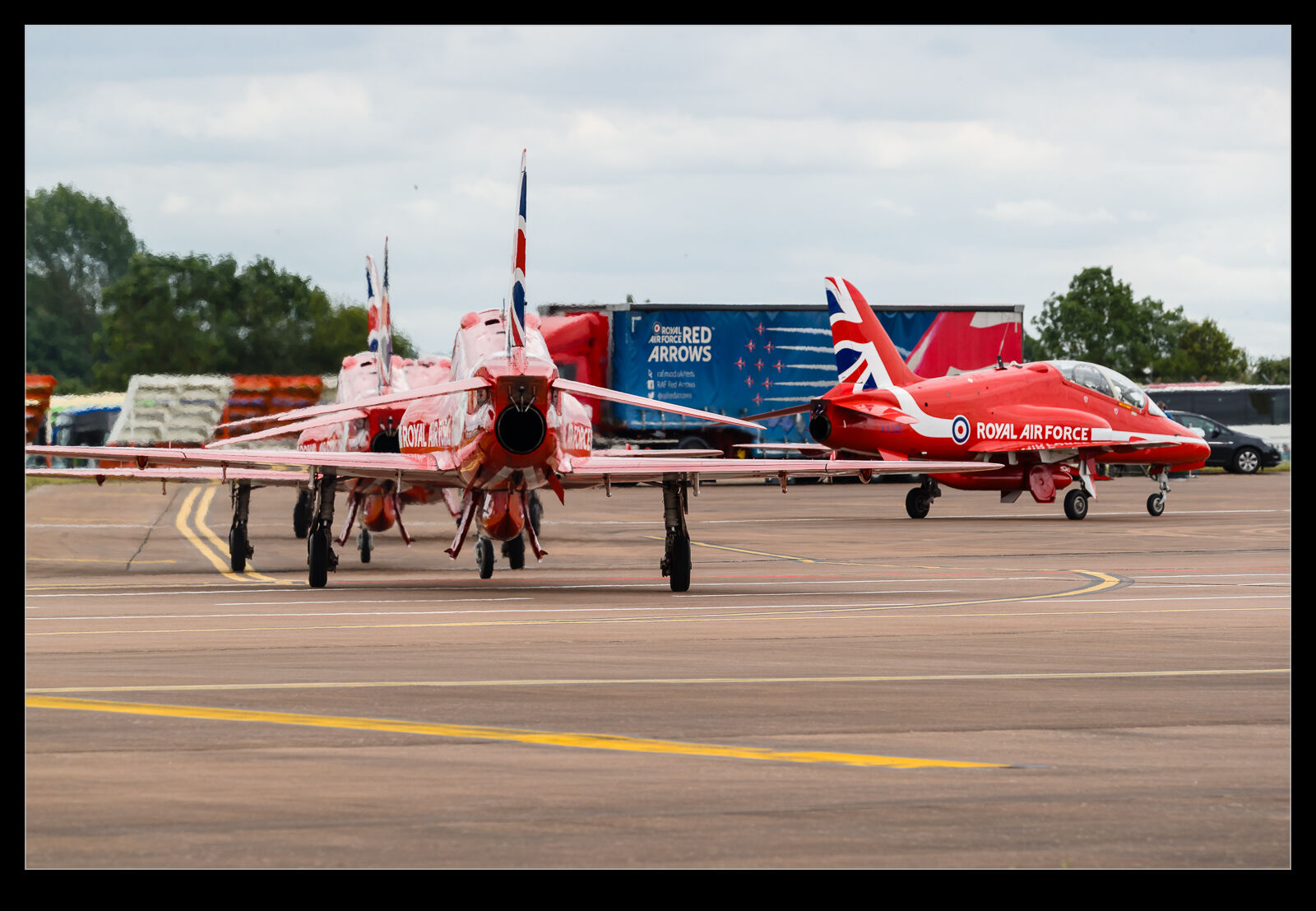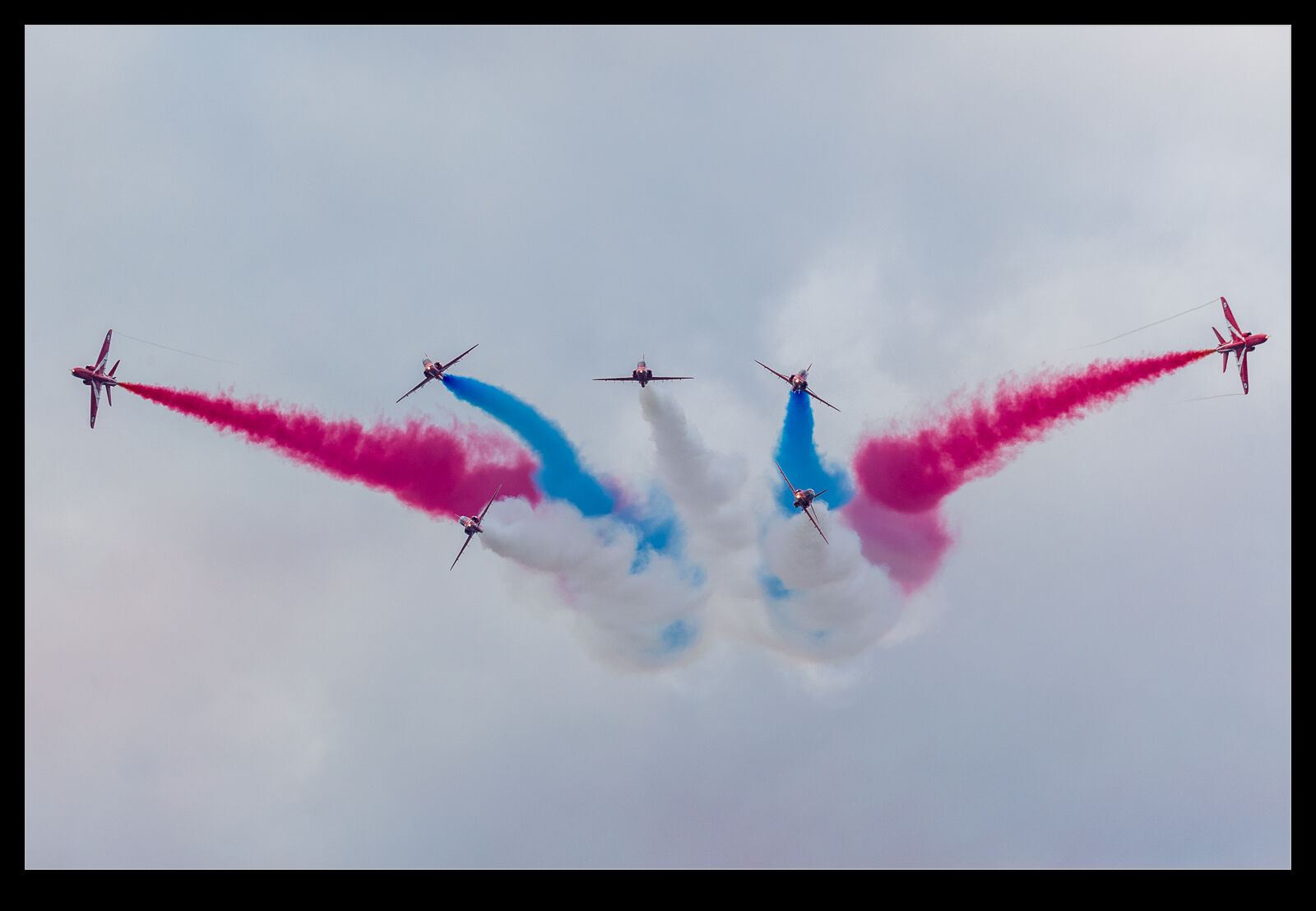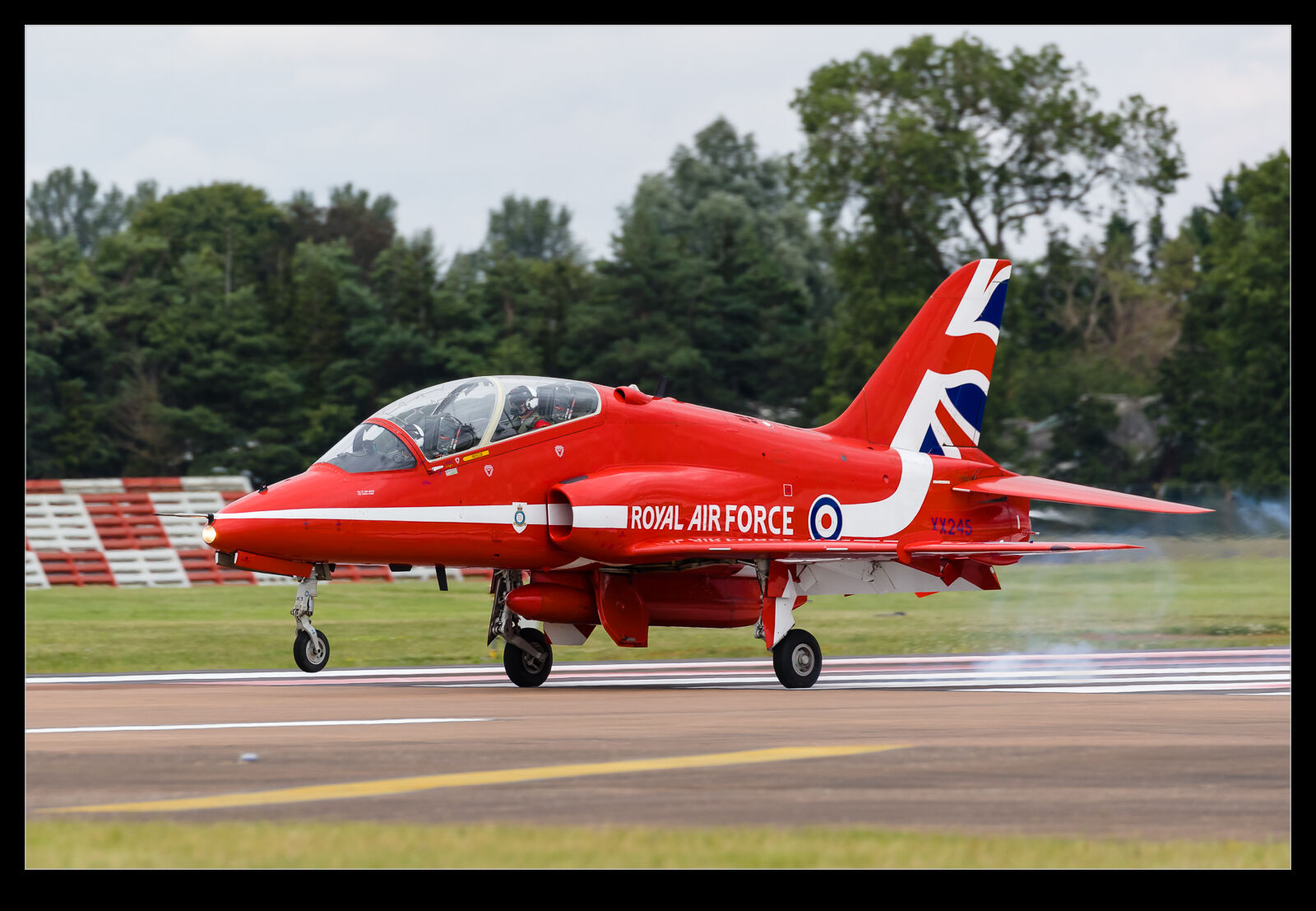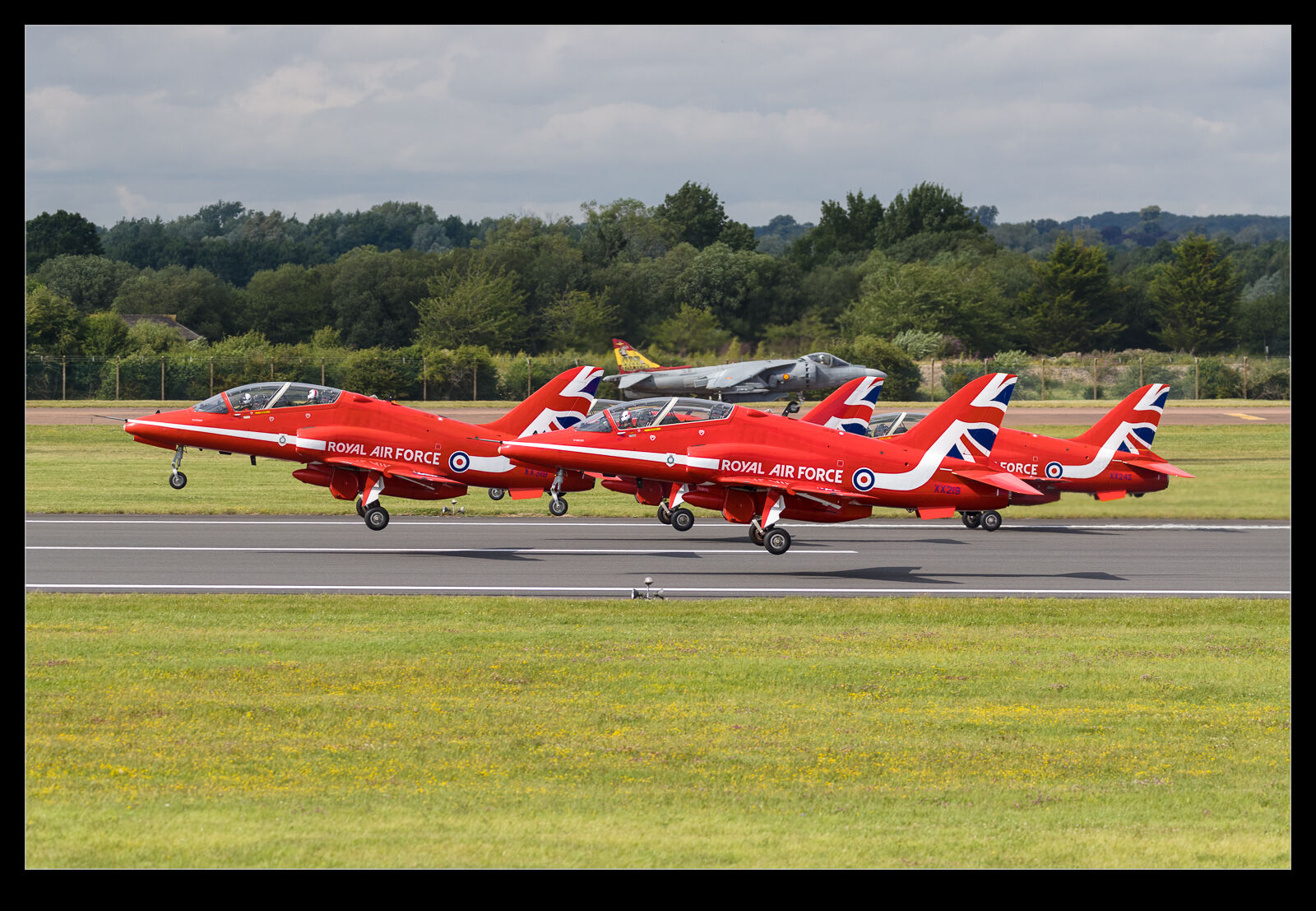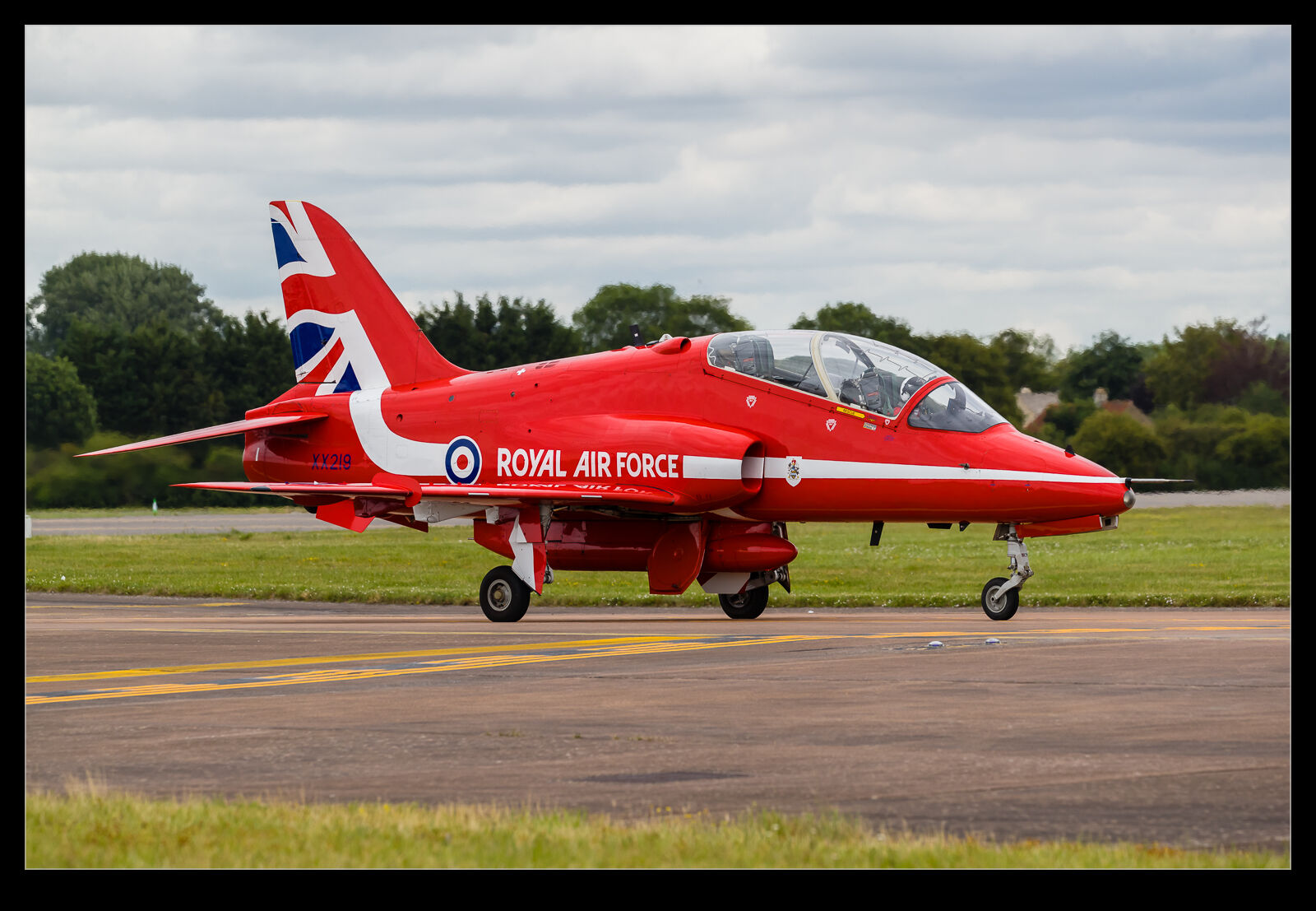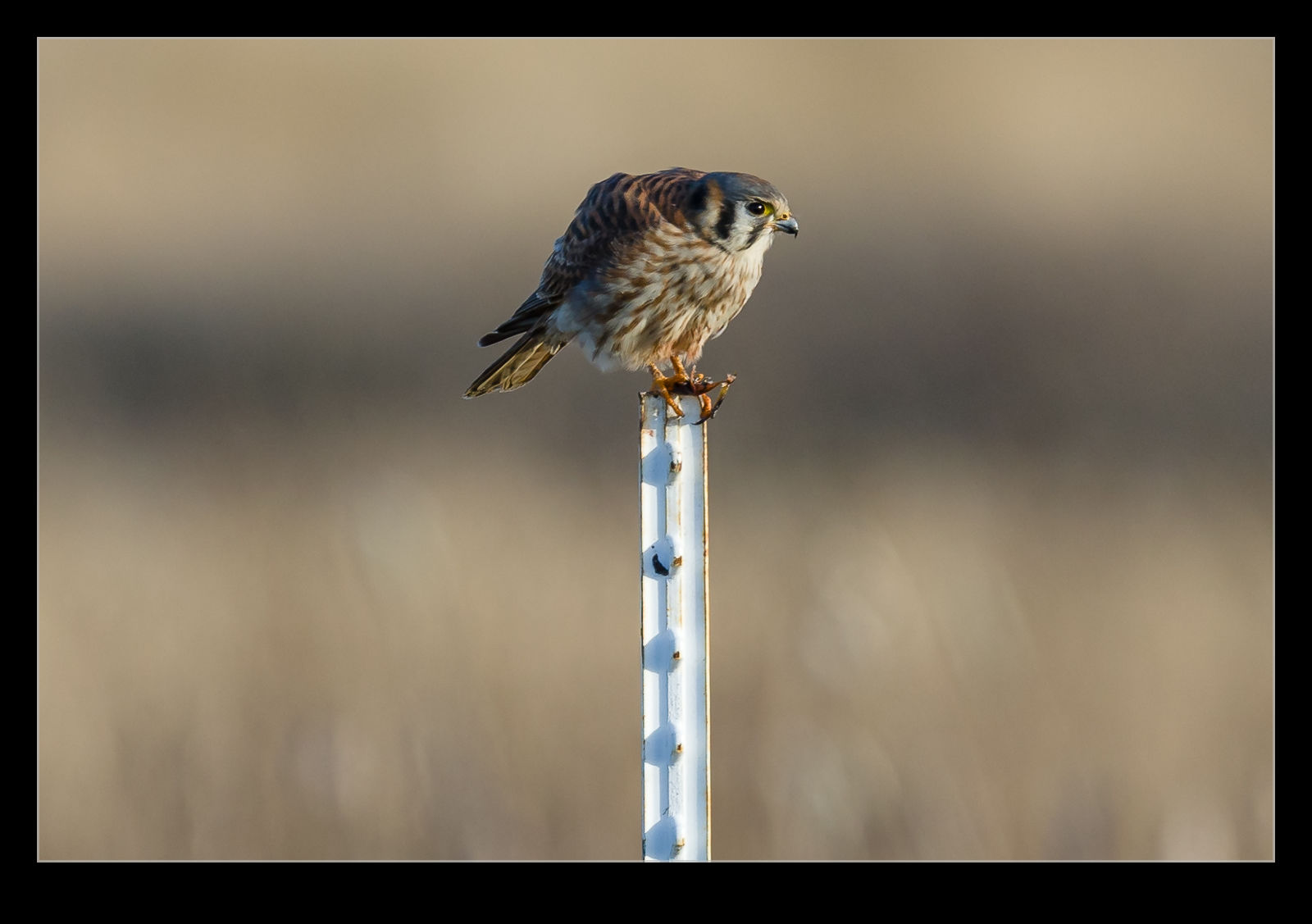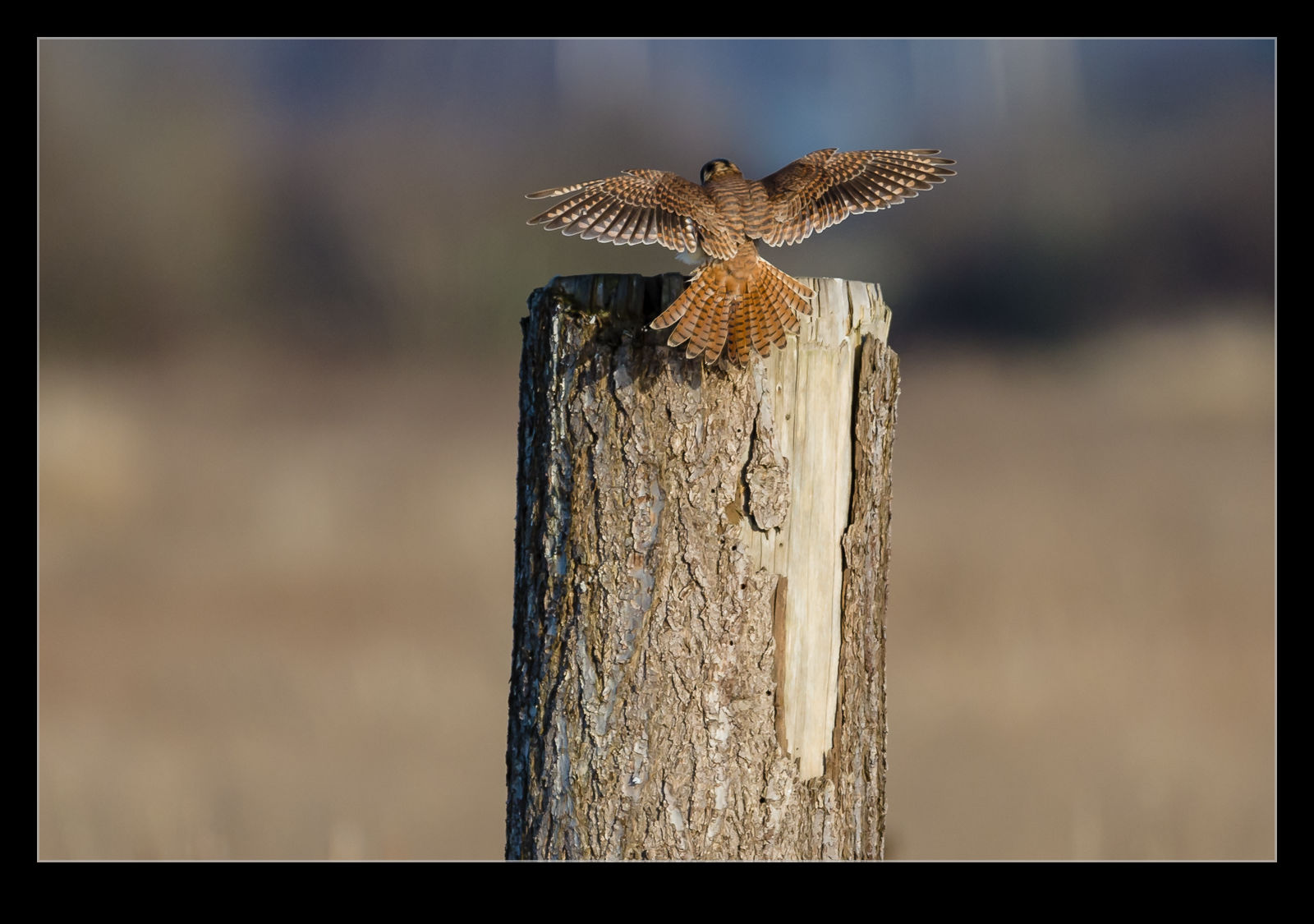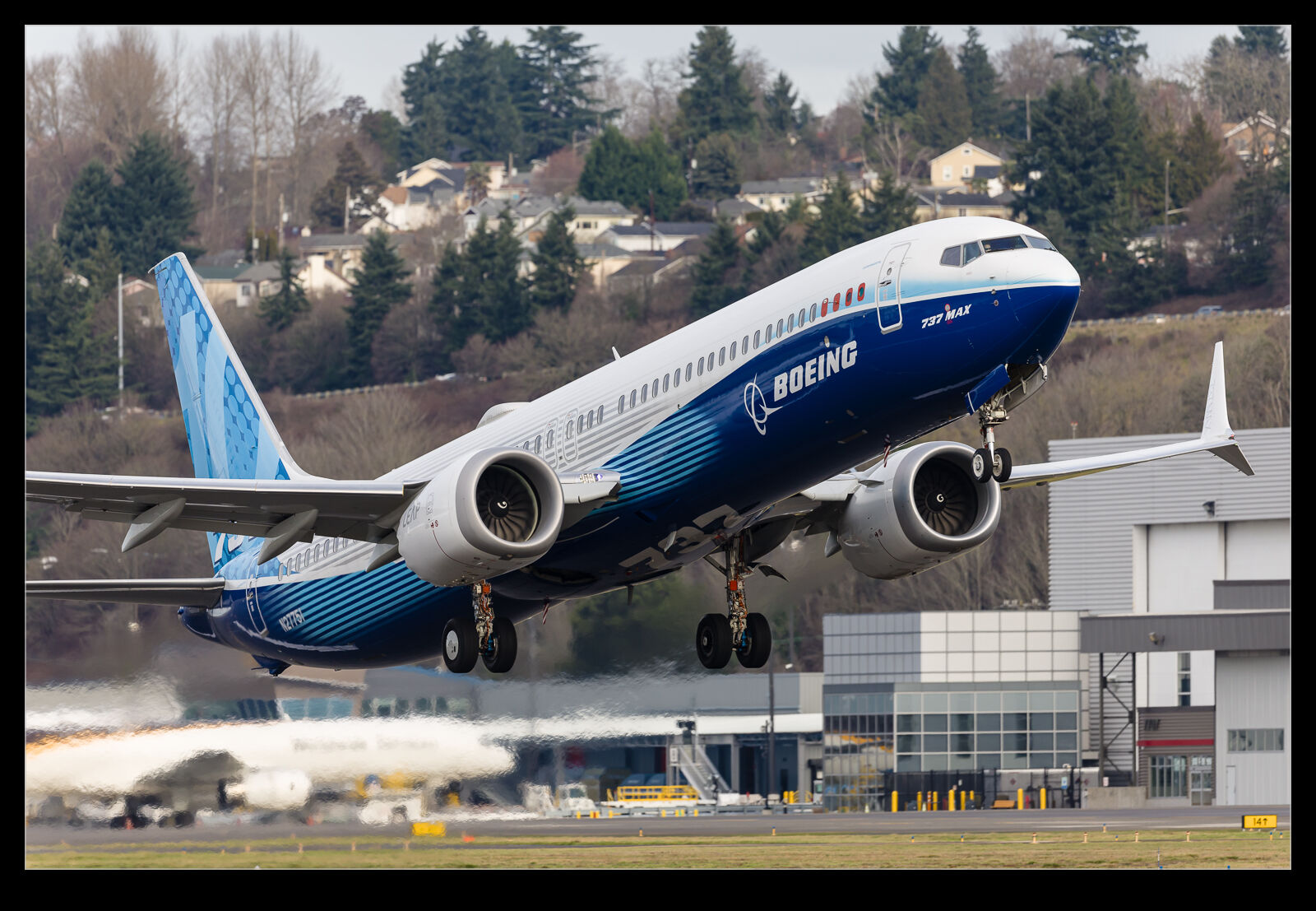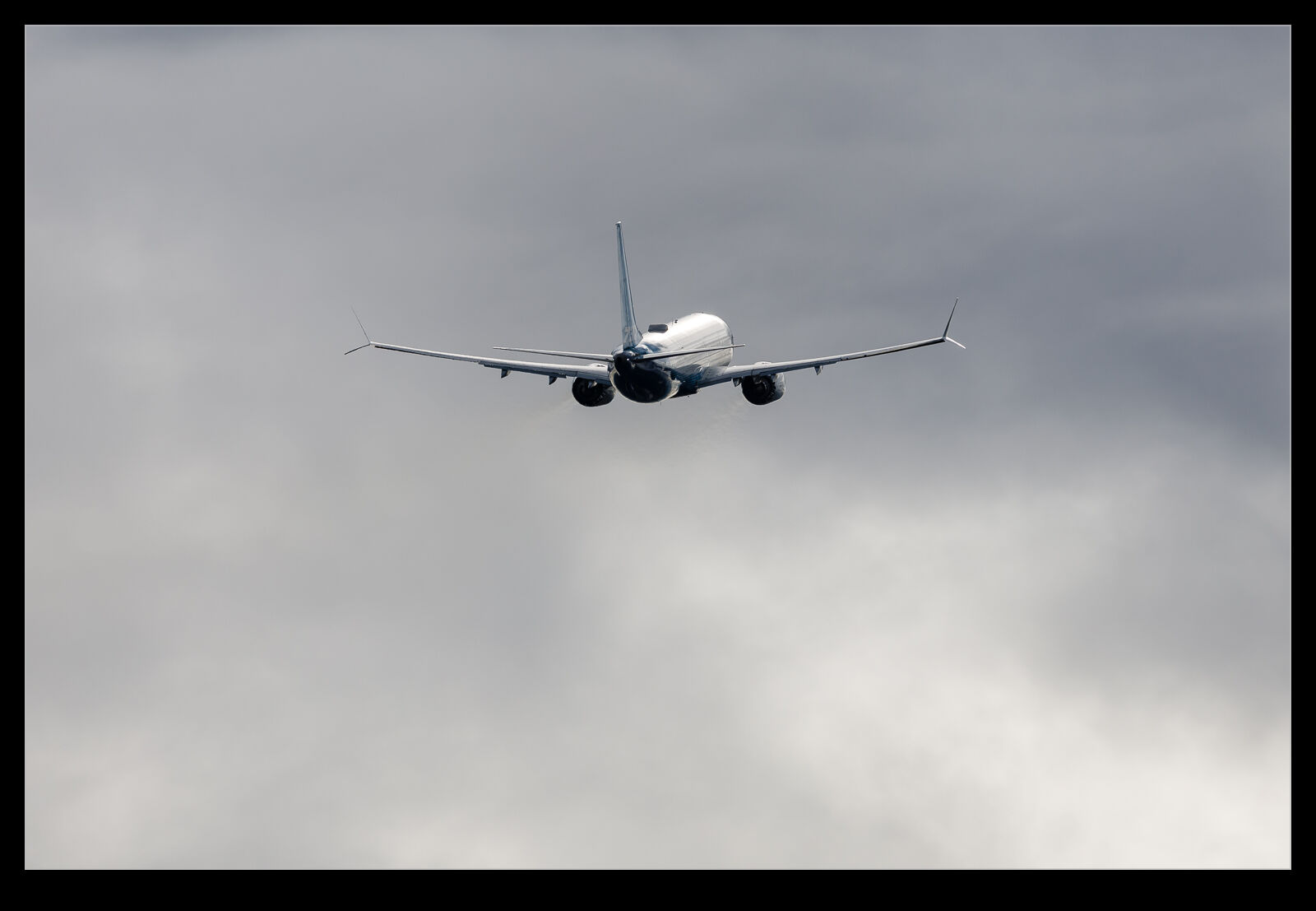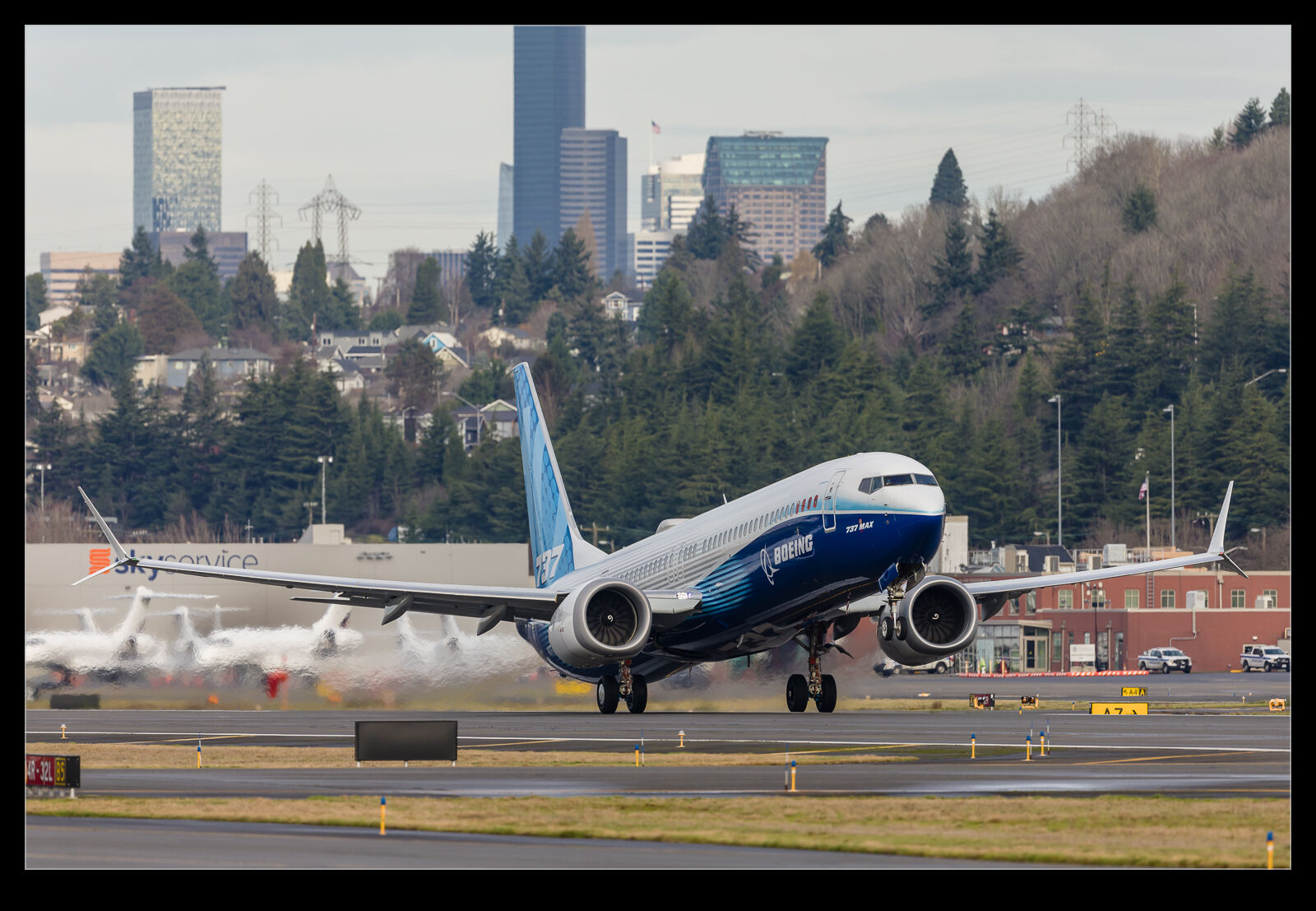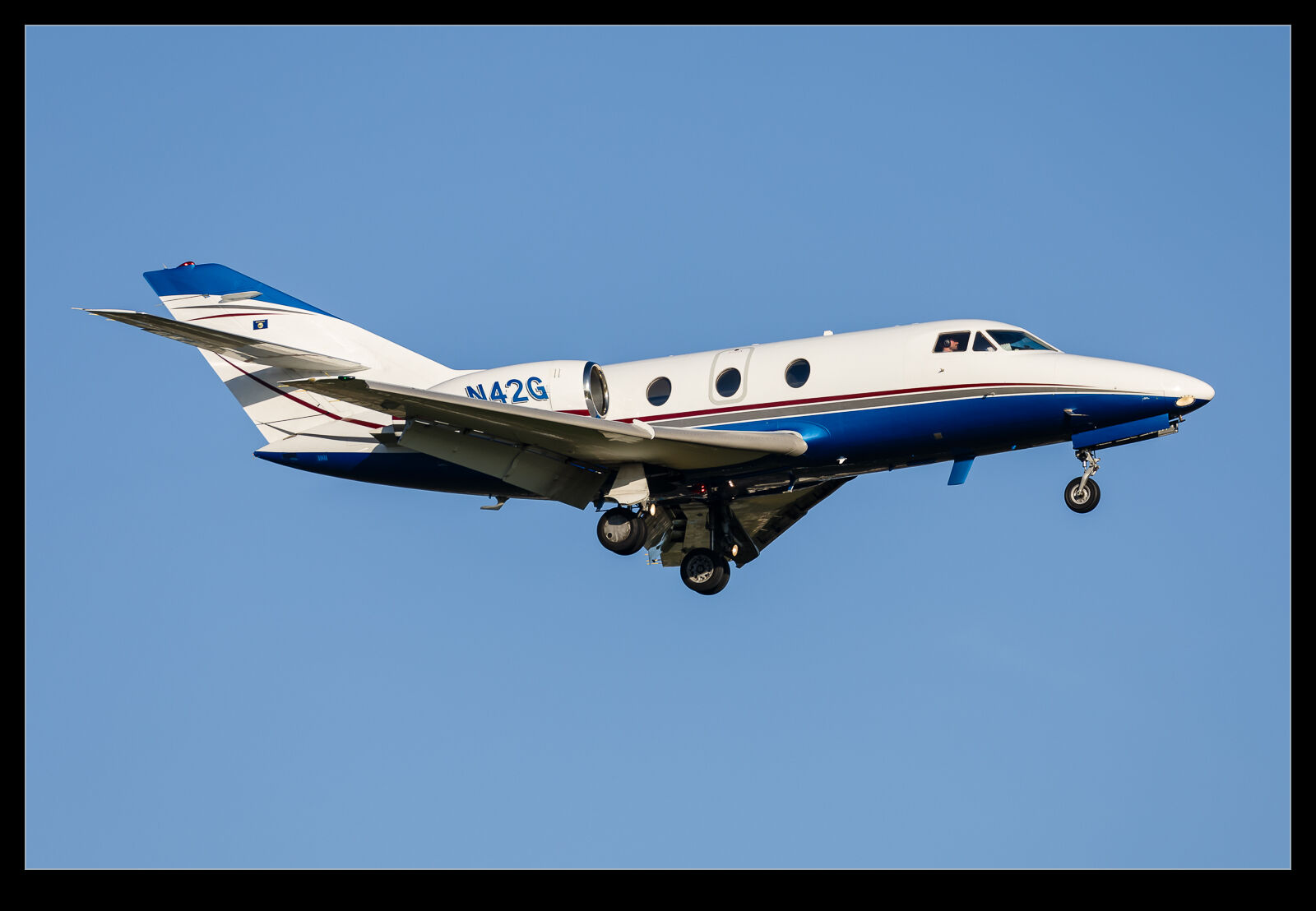 The Dassault bizjets line continues to flourish but it all goes back to an earlier generation. Interestingly, The Falcon 10 came after the Falcon 20 despite the numbering and is not related in anything other than name to the Falcon 10X which is the latest development from Dassault. It is still a popular jet but there just aren’t that many of them around anymore. However, they aren’t extinct and catching one is a nice result.
The Dassault bizjets line continues to flourish but it all goes back to an earlier generation. Interestingly, The Falcon 10 came after the Falcon 20 despite the numbering and is not related in anything other than name to the Falcon 10X which is the latest development from Dassault. It is still a popular jet but there just aren’t that many of them around anymore. However, they aren’t extinct and catching one is a nice result.
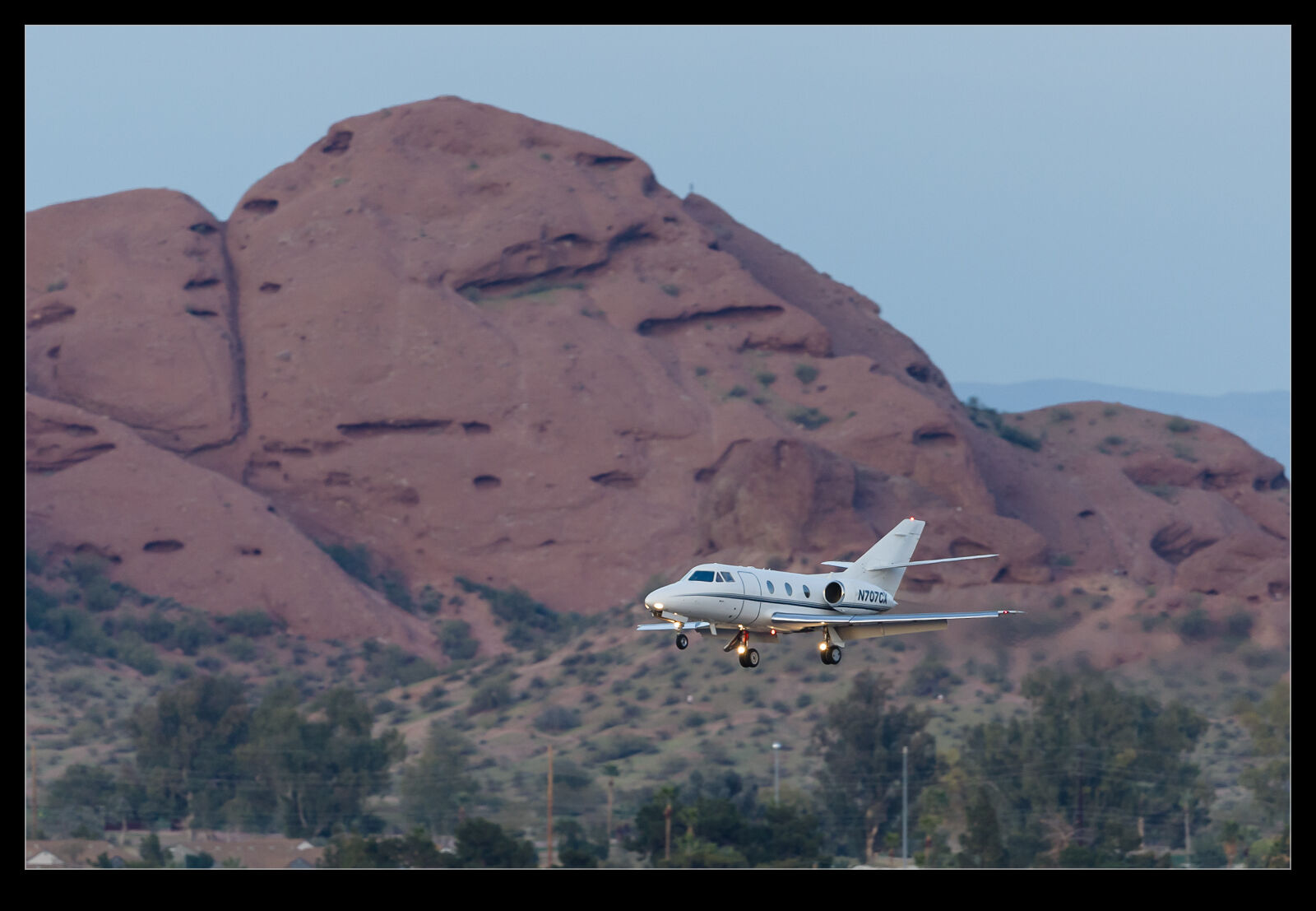 I have actually caught two of them in recent(ish) times. The first came into Boeing Field and I have to say the weather was playing ball for a change. Lovely winter light as it showed up and I was quite happy with the results. Indeed, I thought this might be my last encounter with one for some time, but I was pleasantly surprised to discover that one was coming into Phoenix Sky Harbor the day I flew down there. Just before sunset it showed up. It is a small plane so was a bit distant on the northern runway but still a result!
I have actually caught two of them in recent(ish) times. The first came into Boeing Field and I have to say the weather was playing ball for a change. Lovely winter light as it showed up and I was quite happy with the results. Indeed, I thought this might be my last encounter with one for some time, but I was pleasantly surprised to discover that one was coming into Phoenix Sky Harbor the day I flew down there. Just before sunset it showed up. It is a small plane so was a bit distant on the northern runway but still a result!
